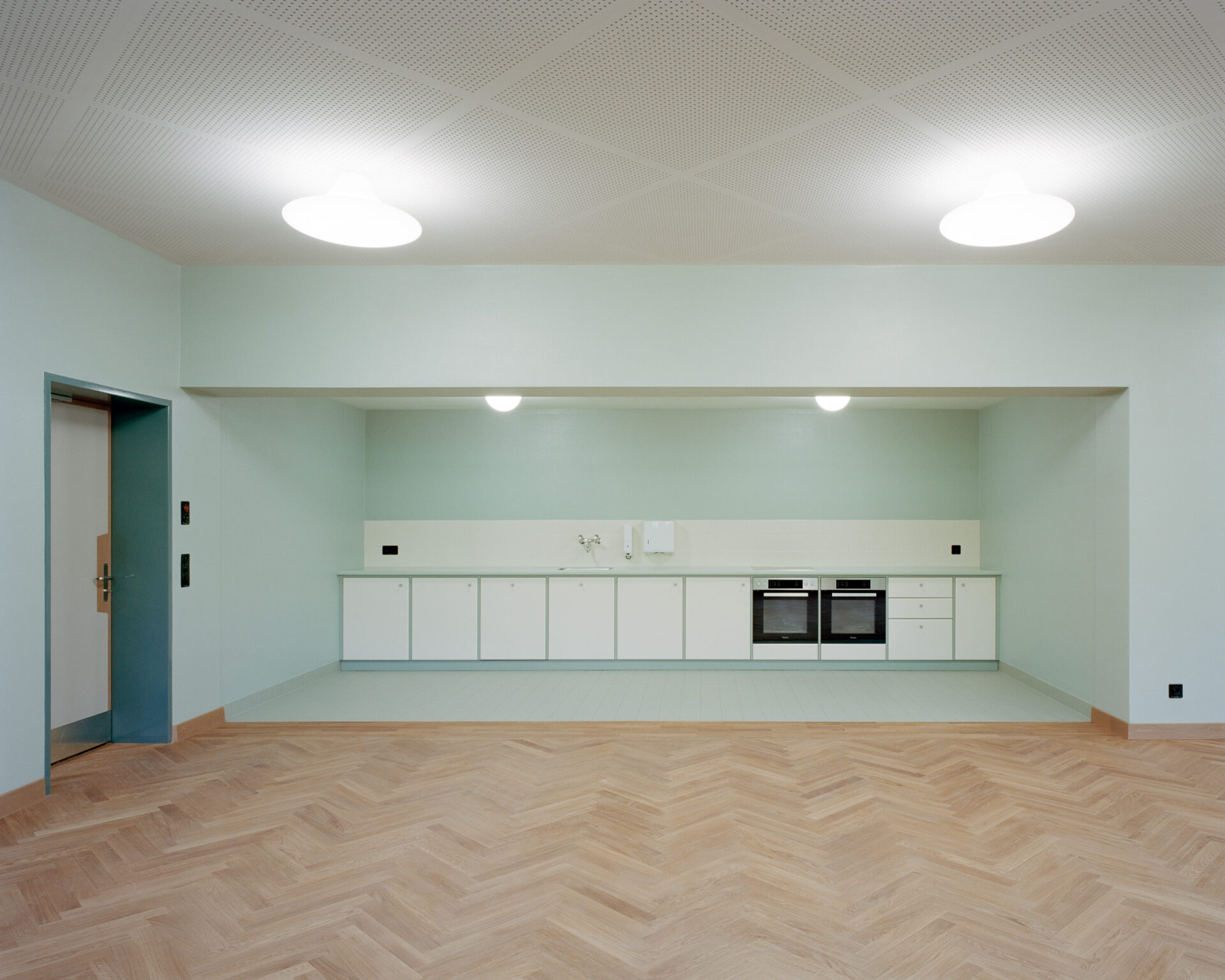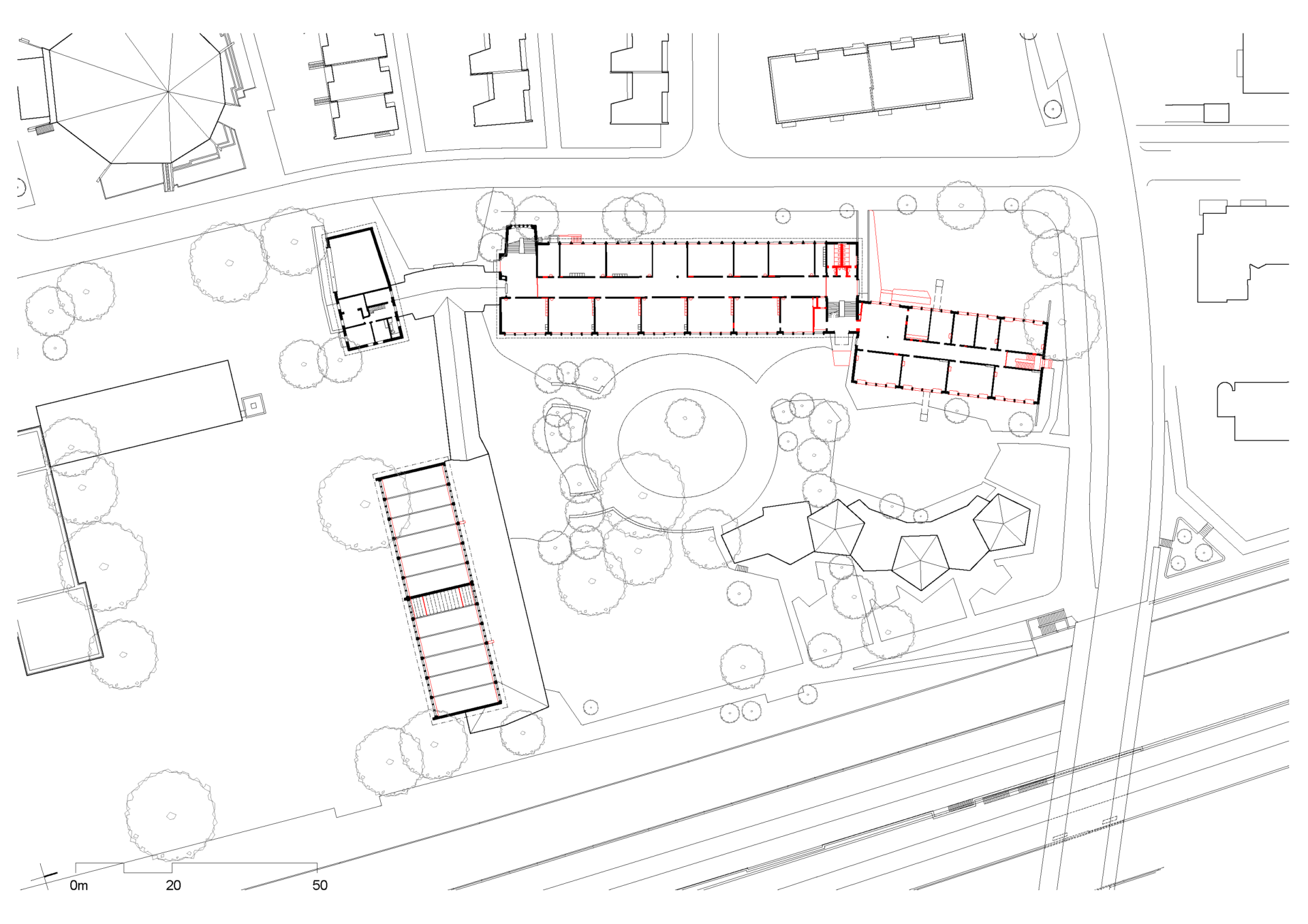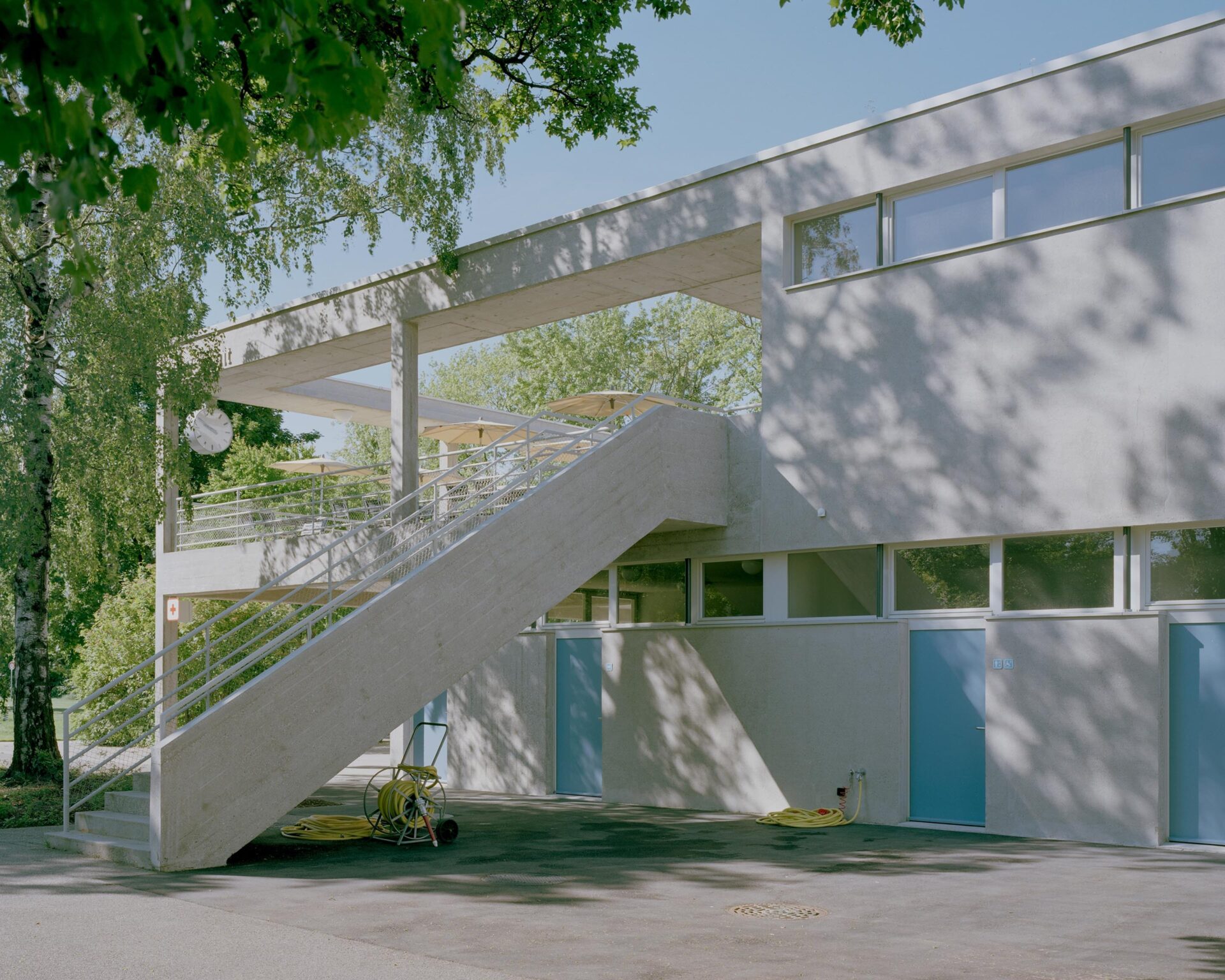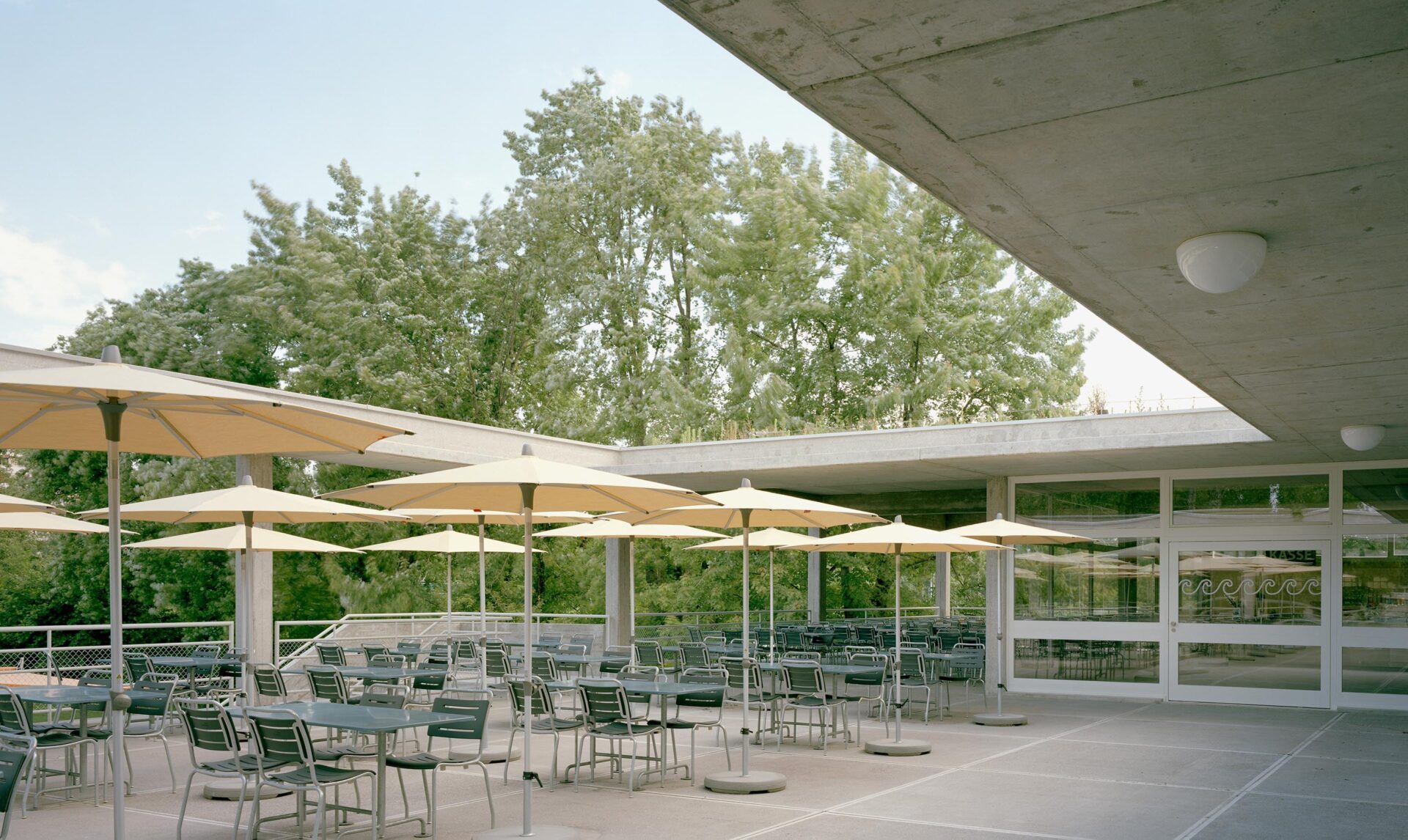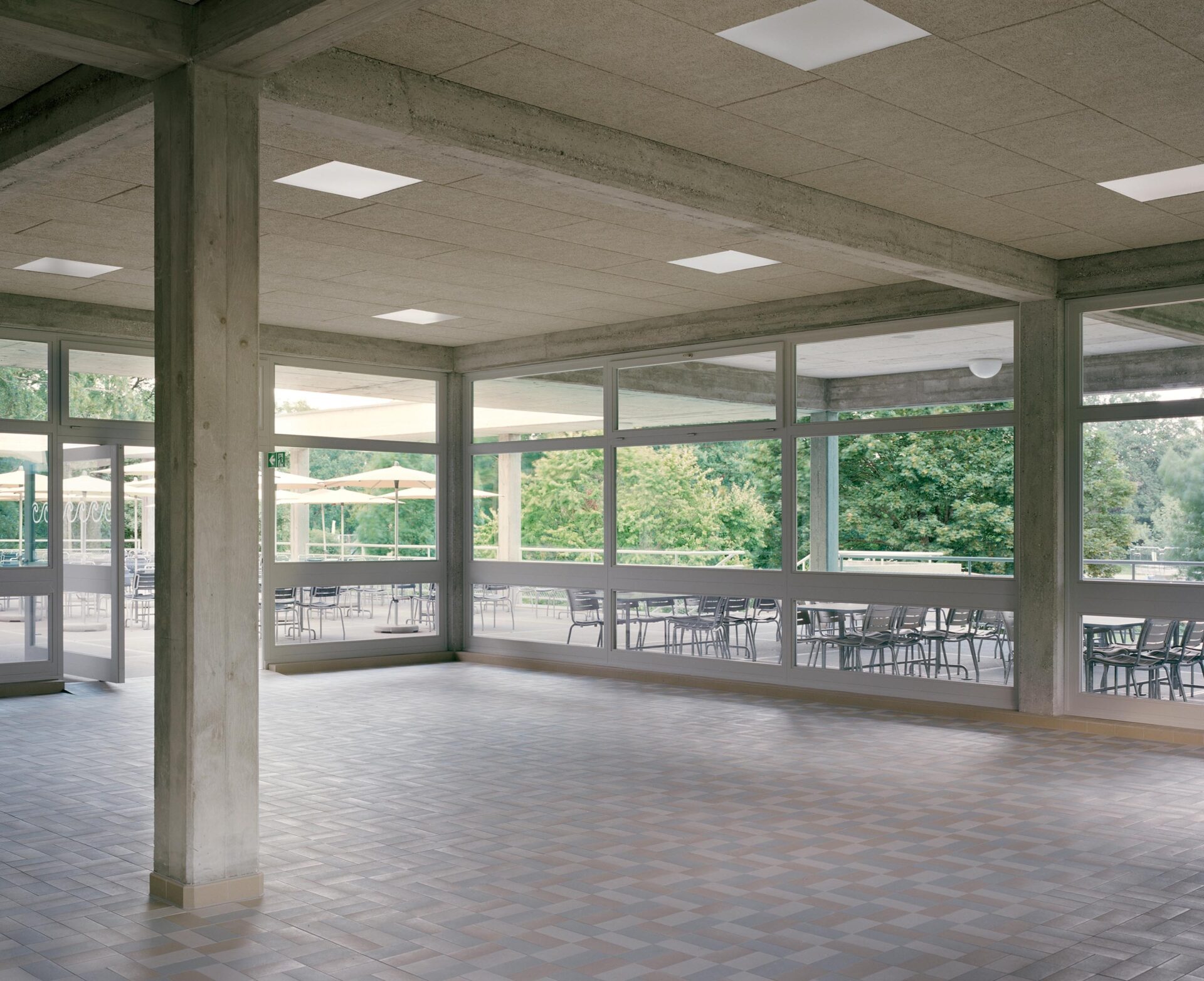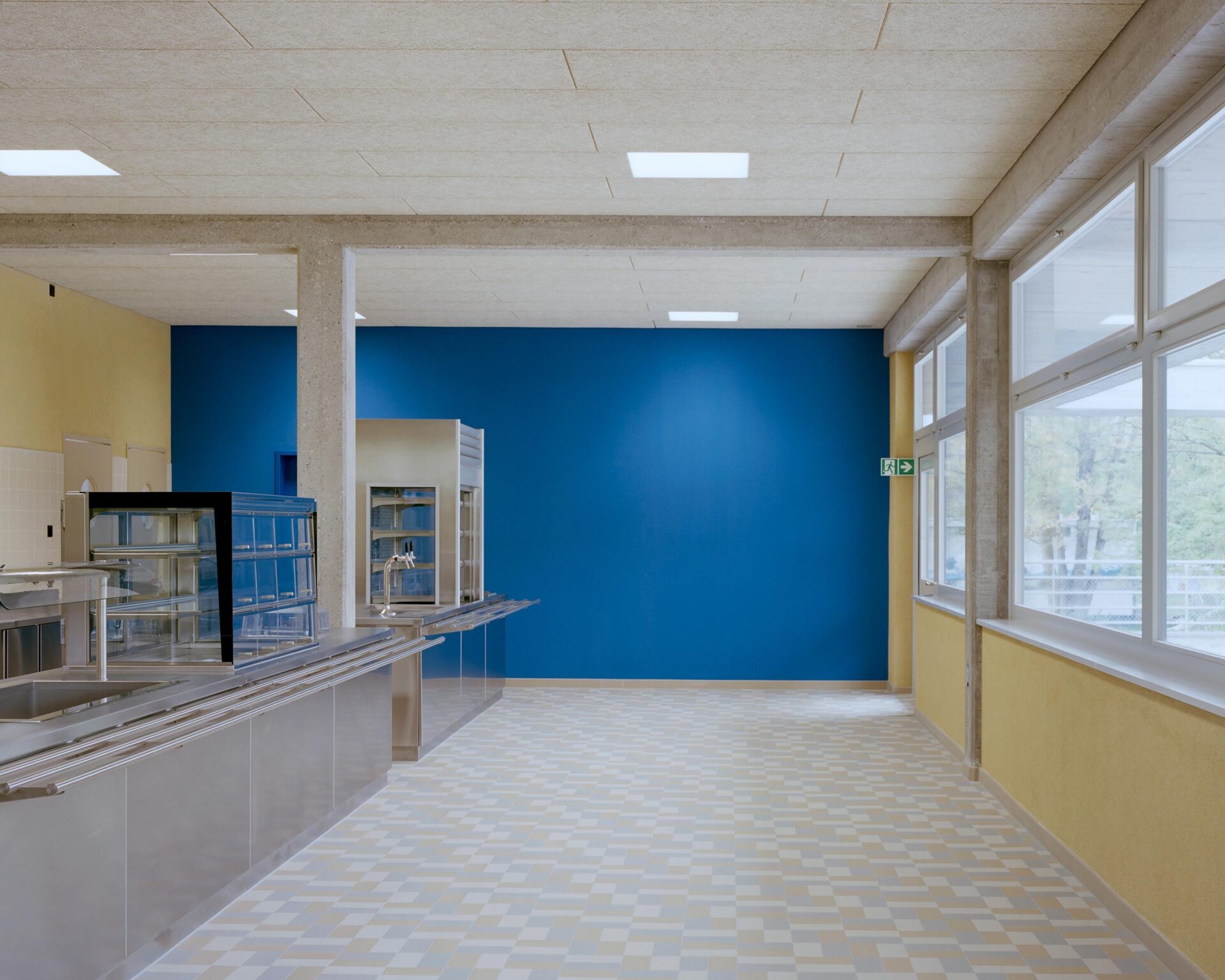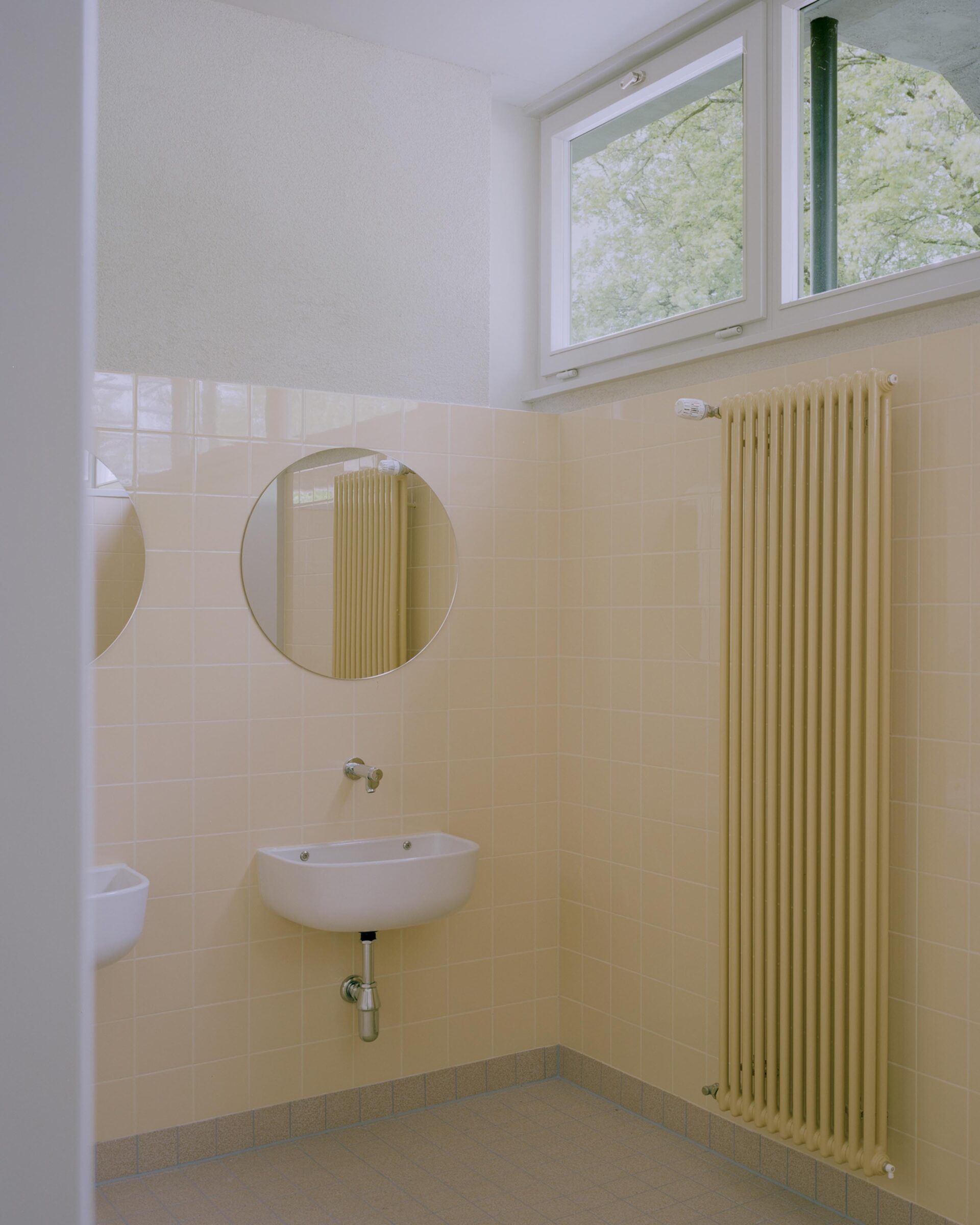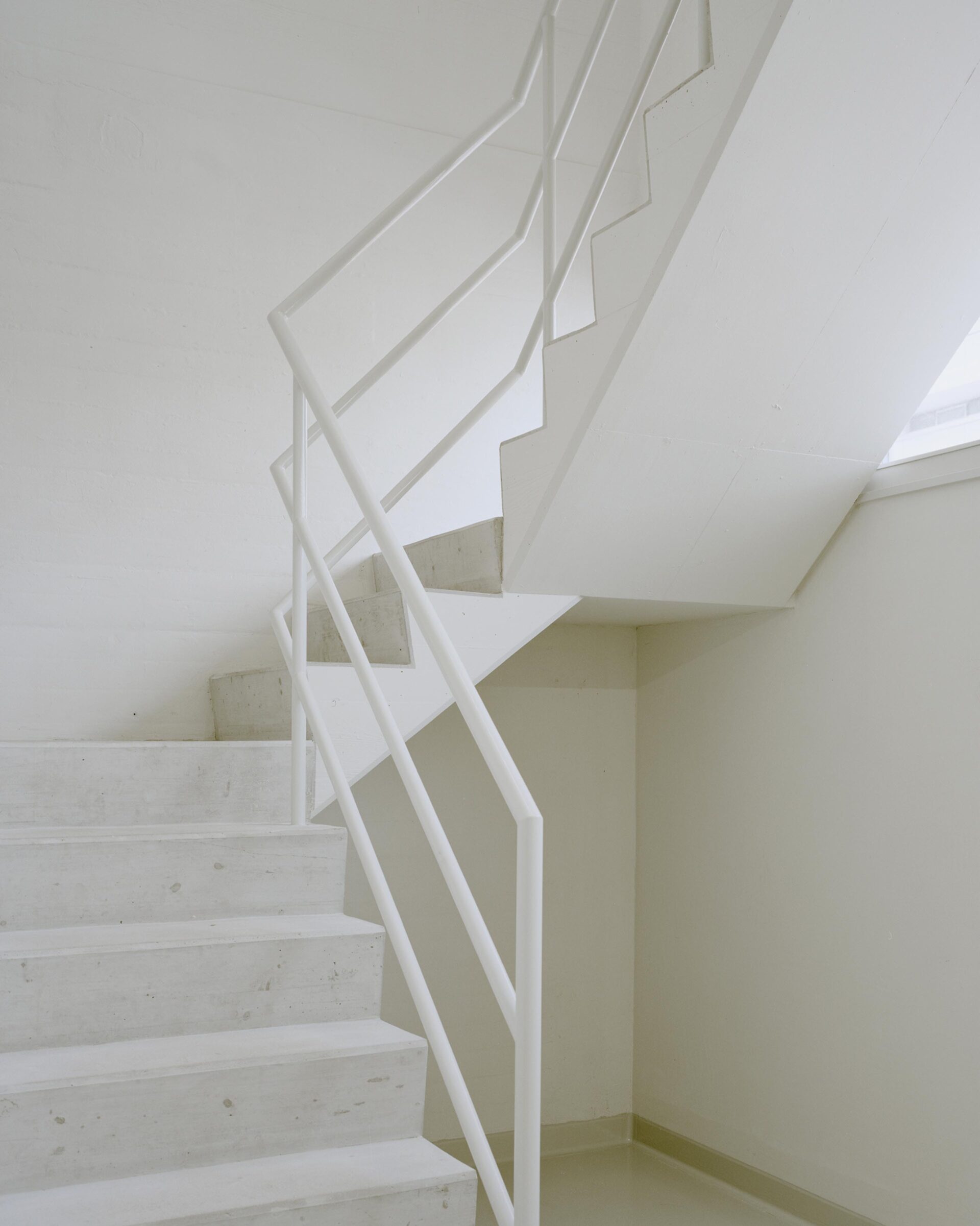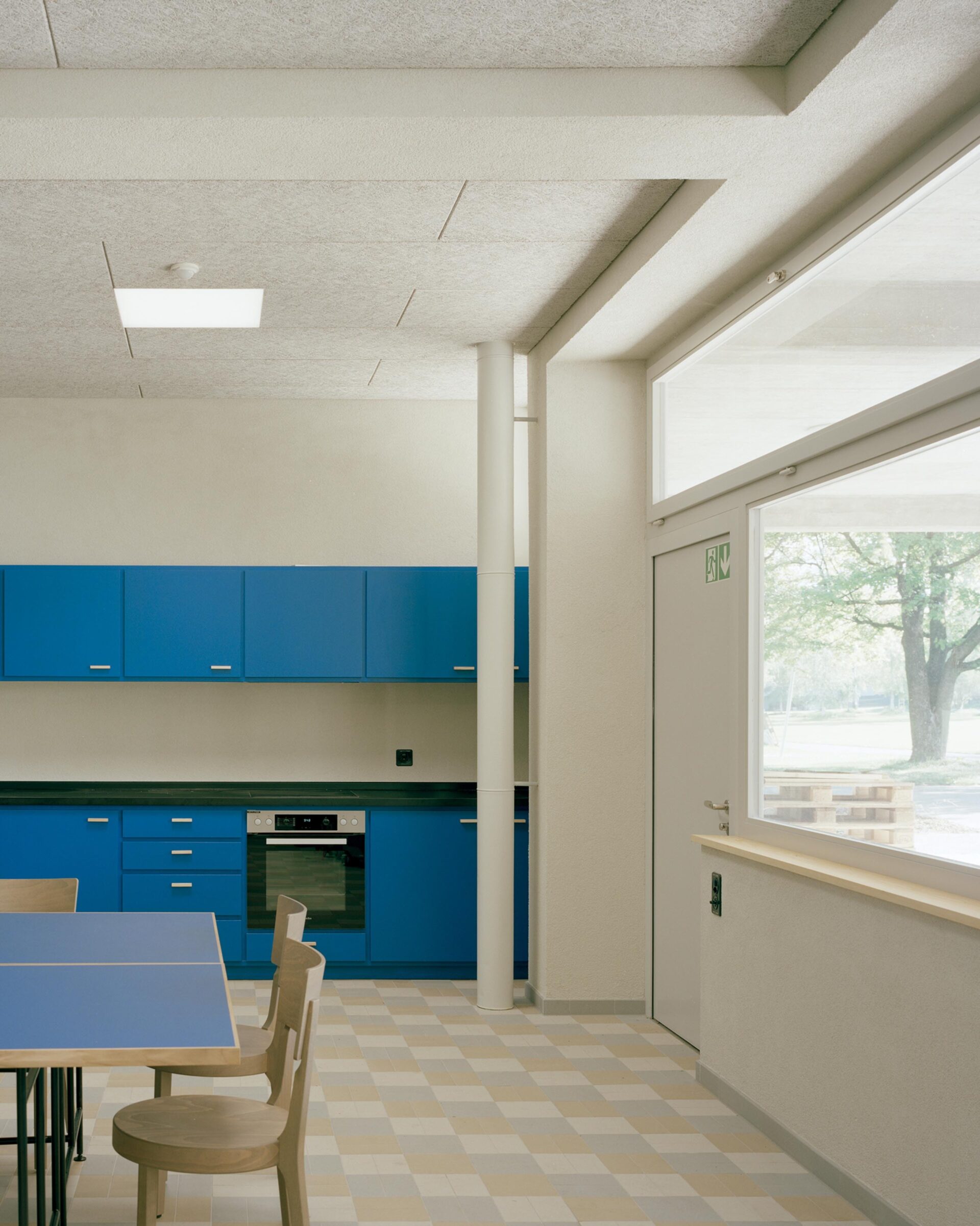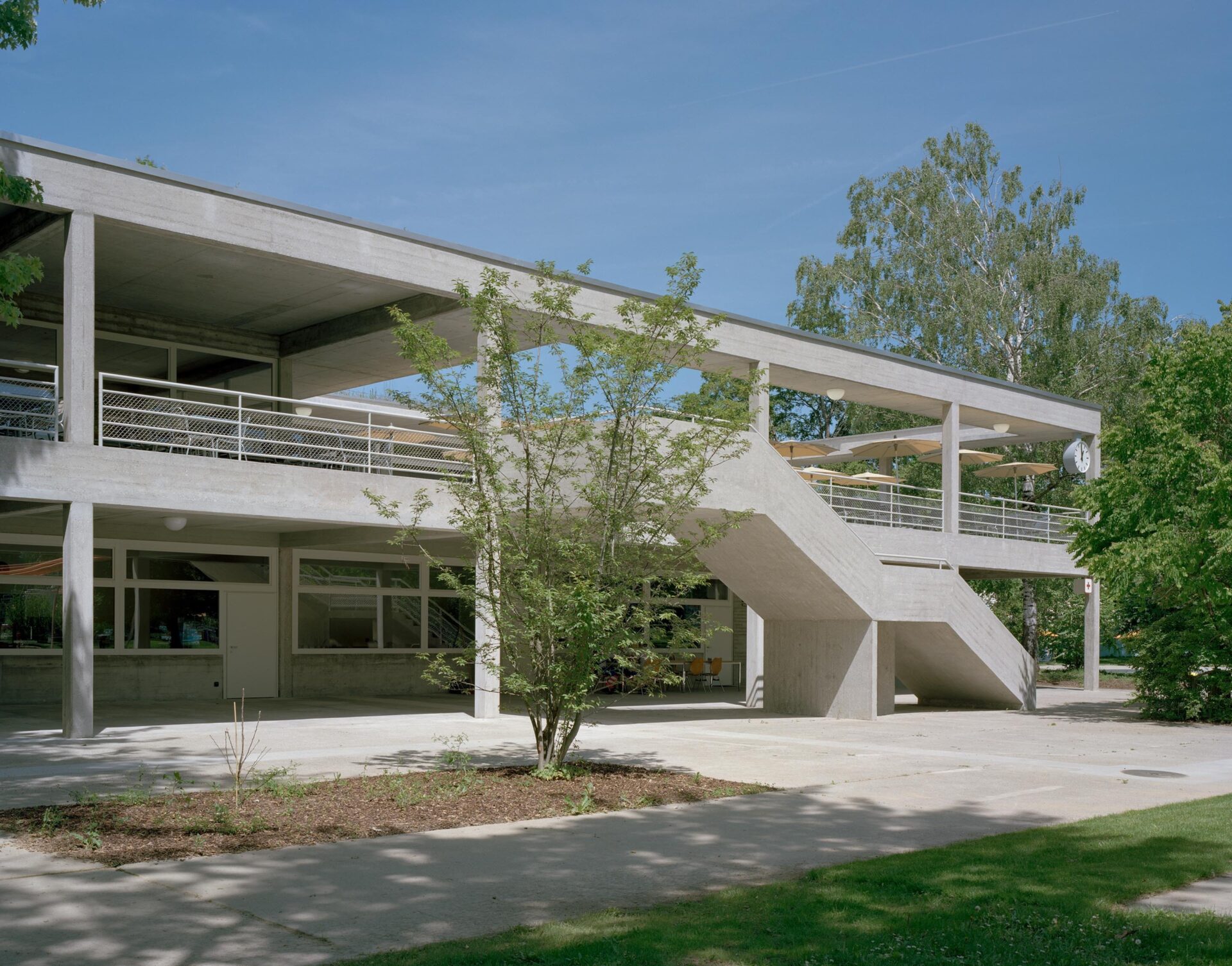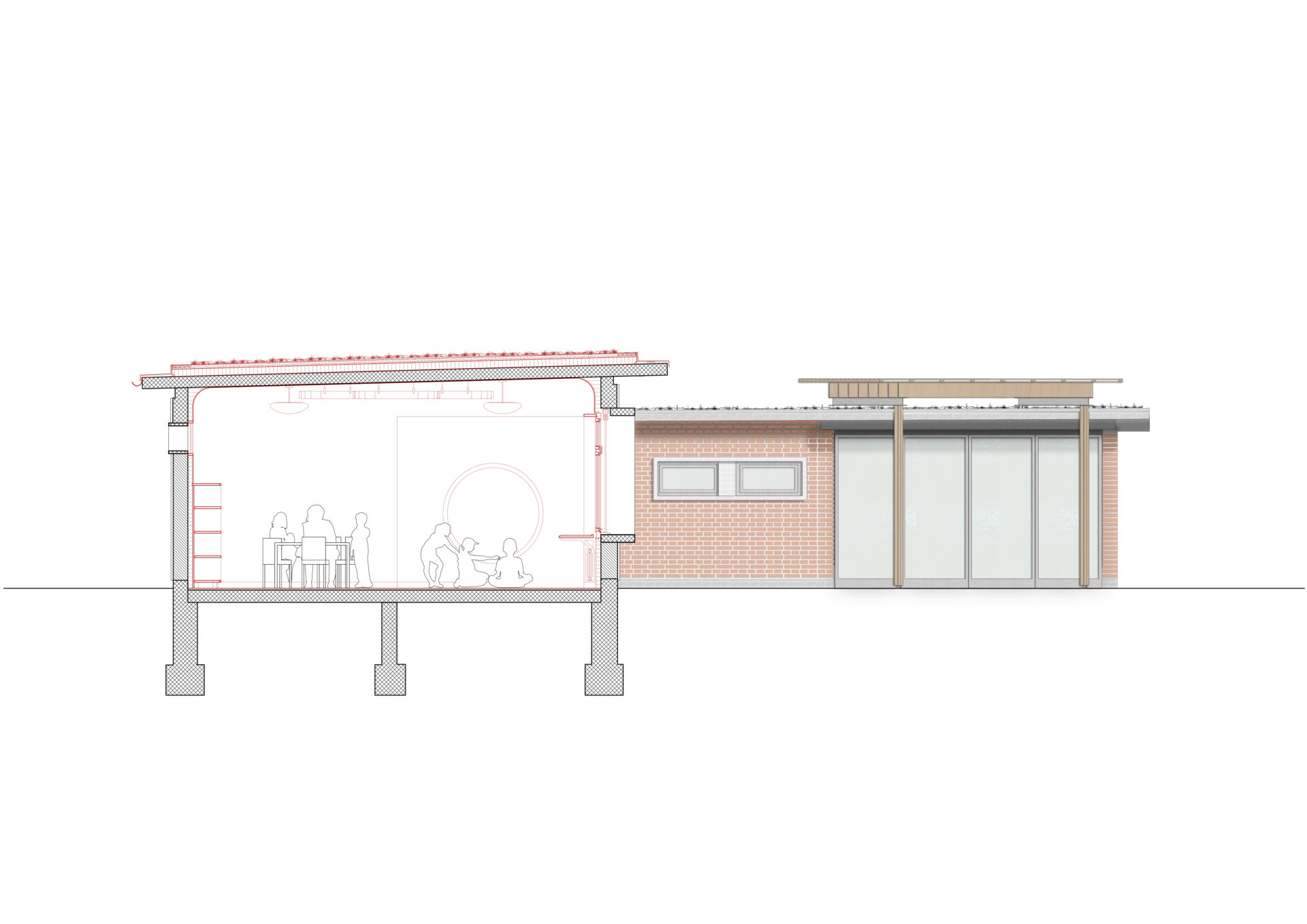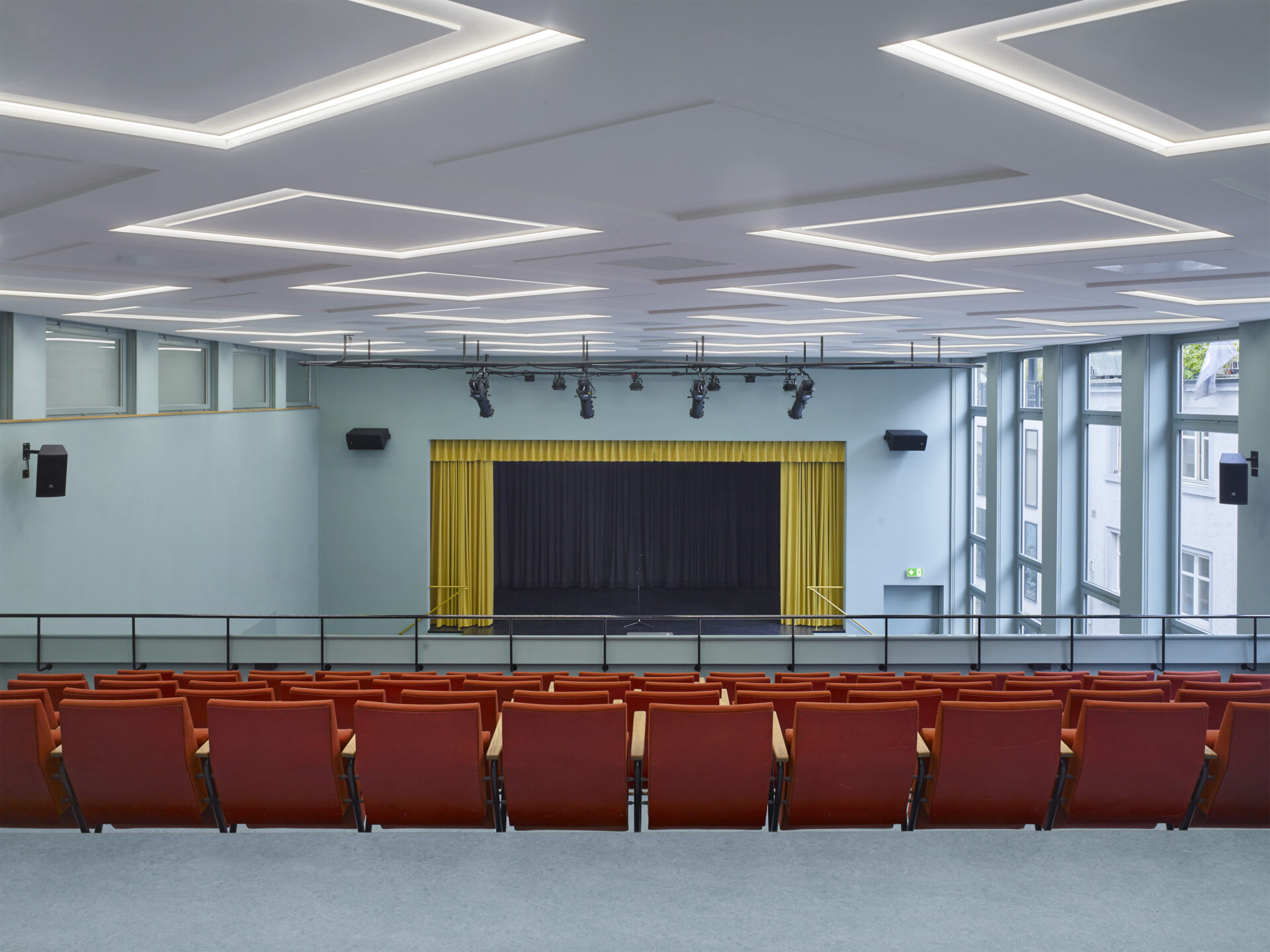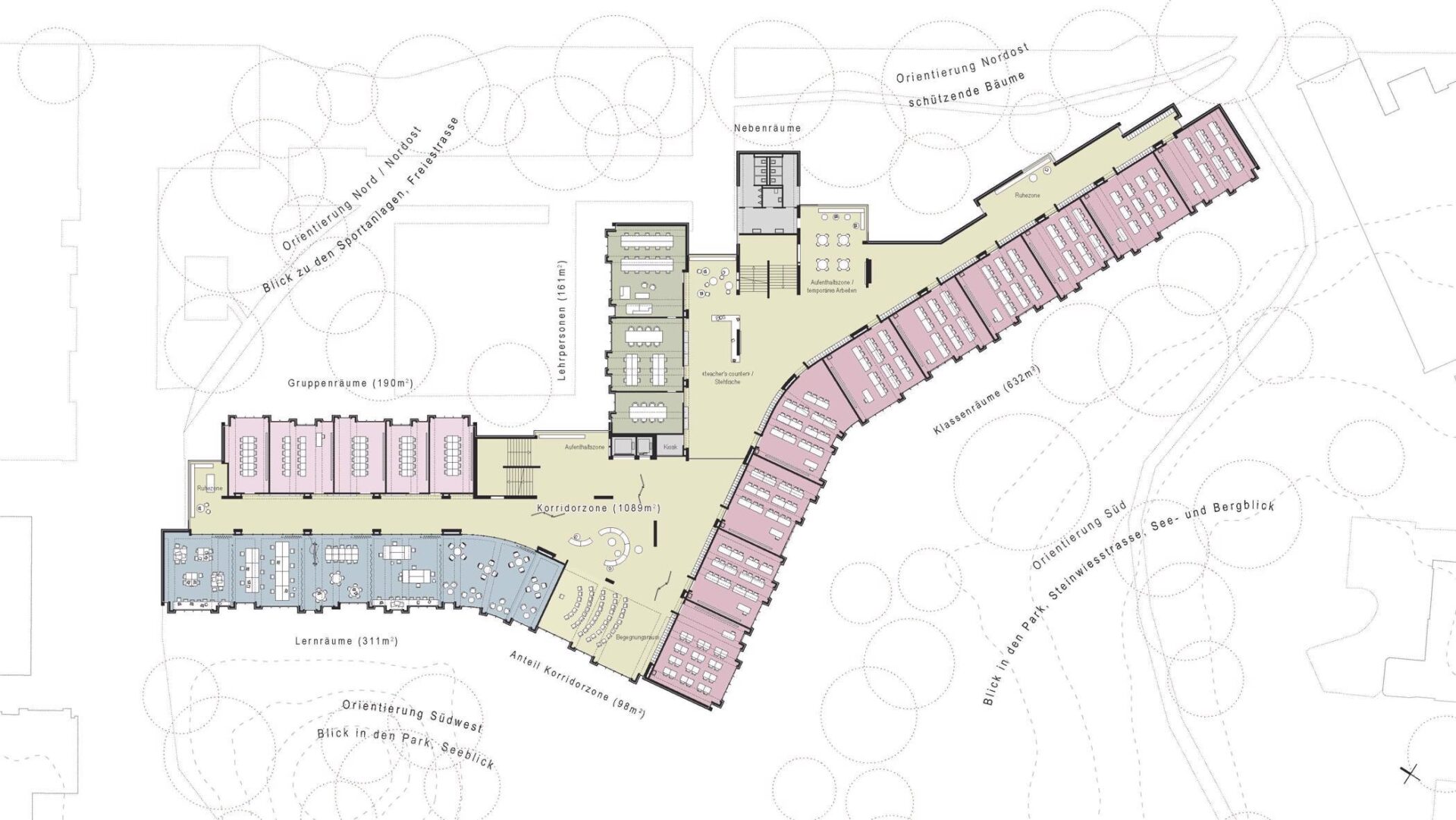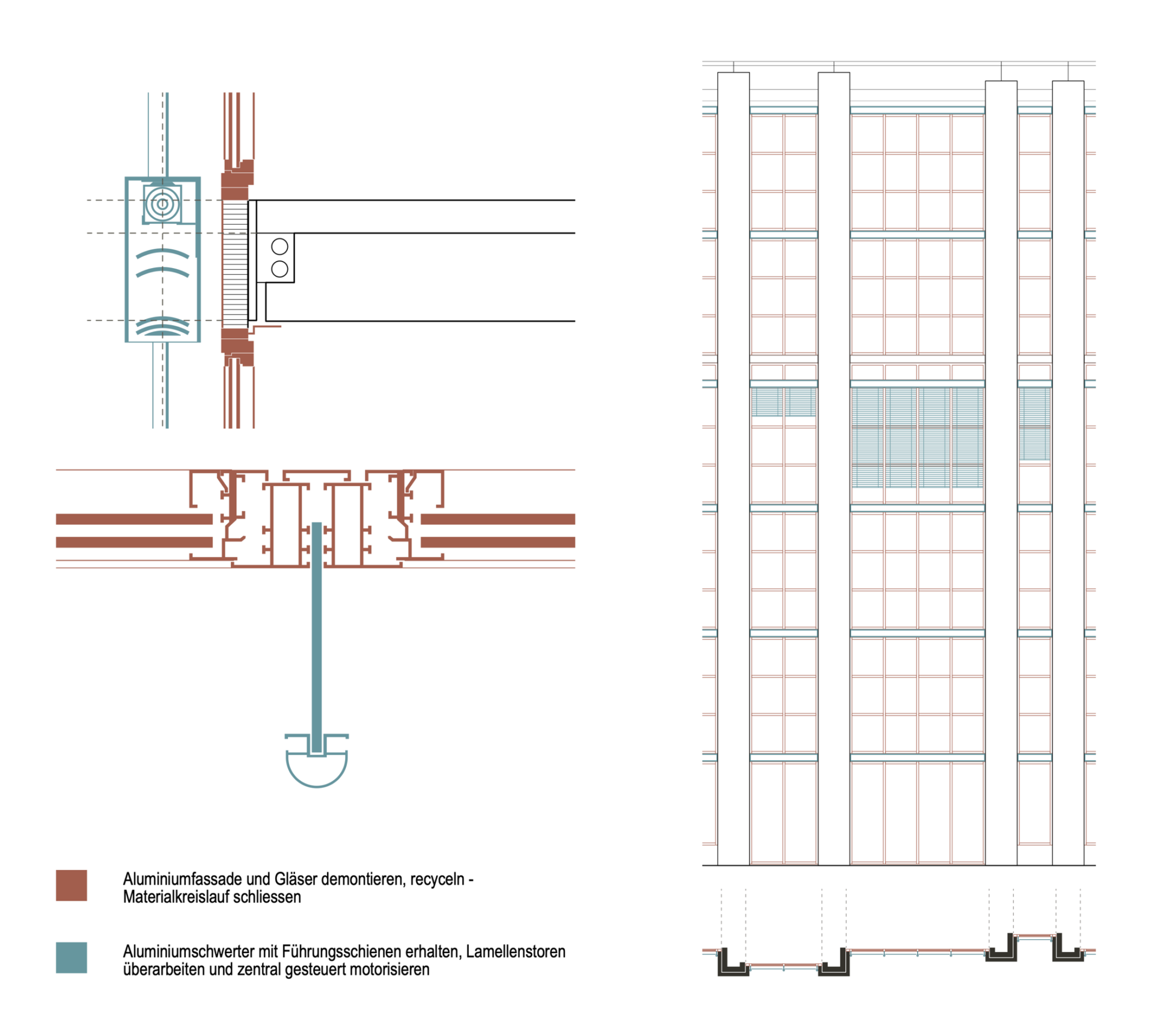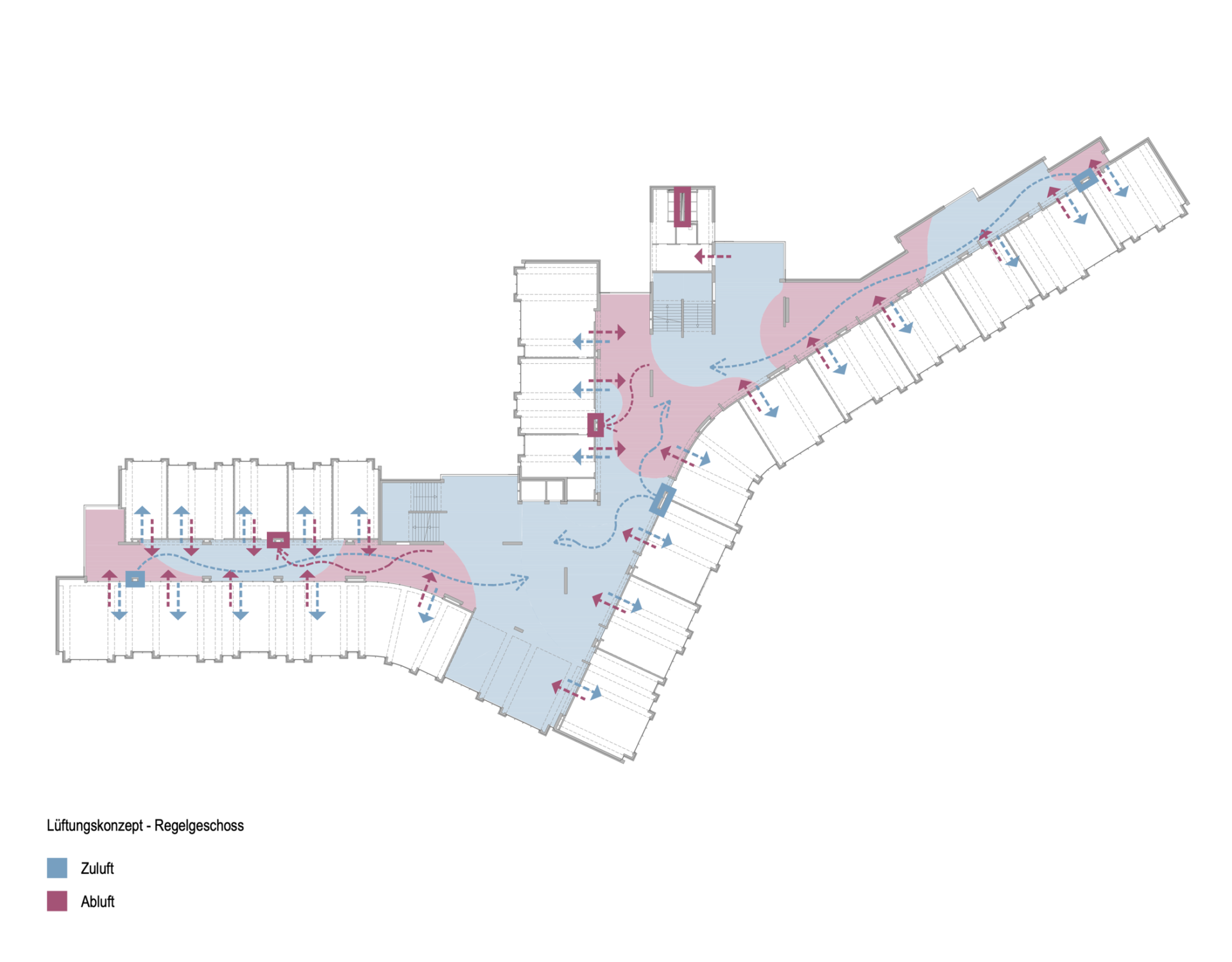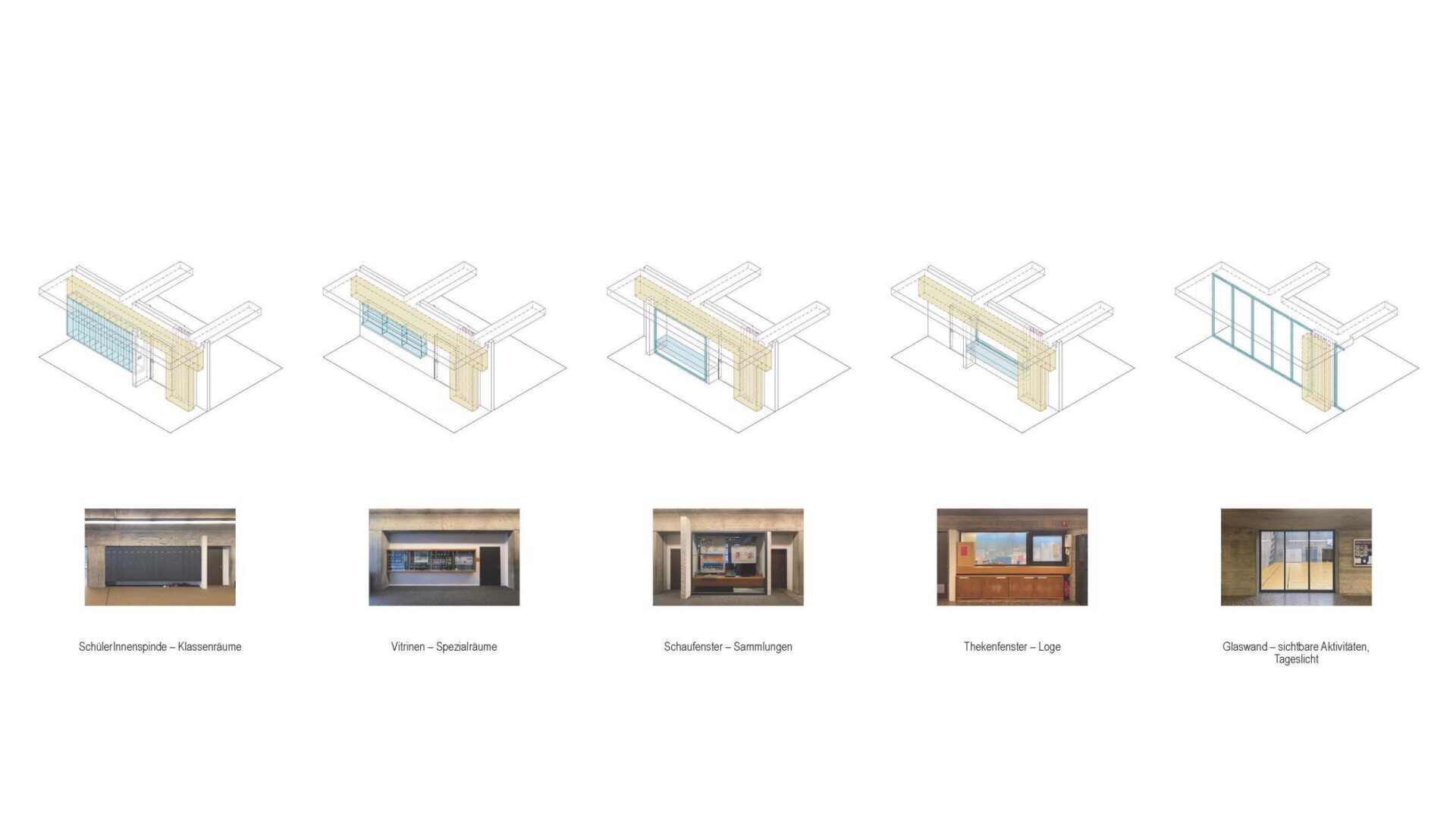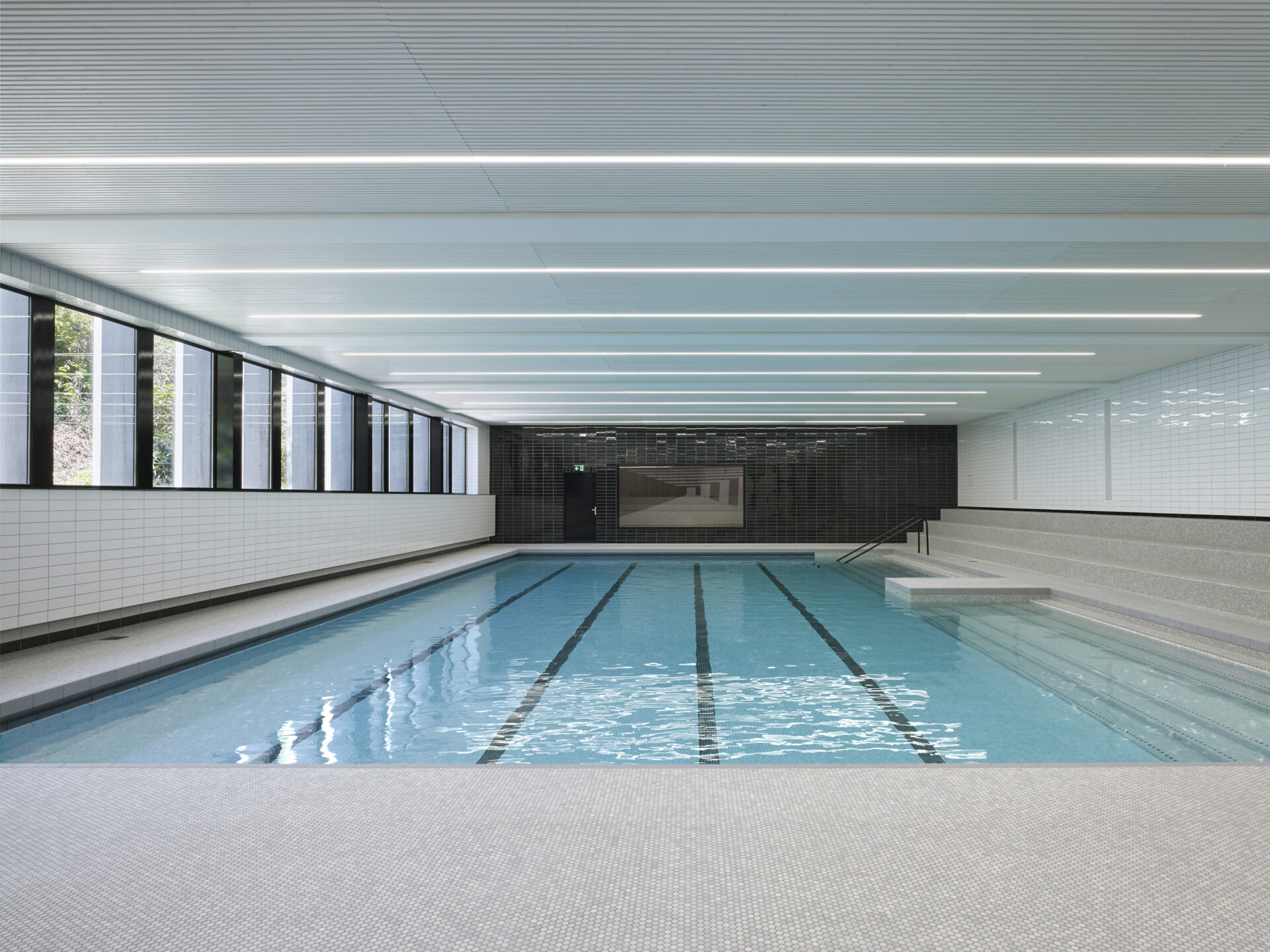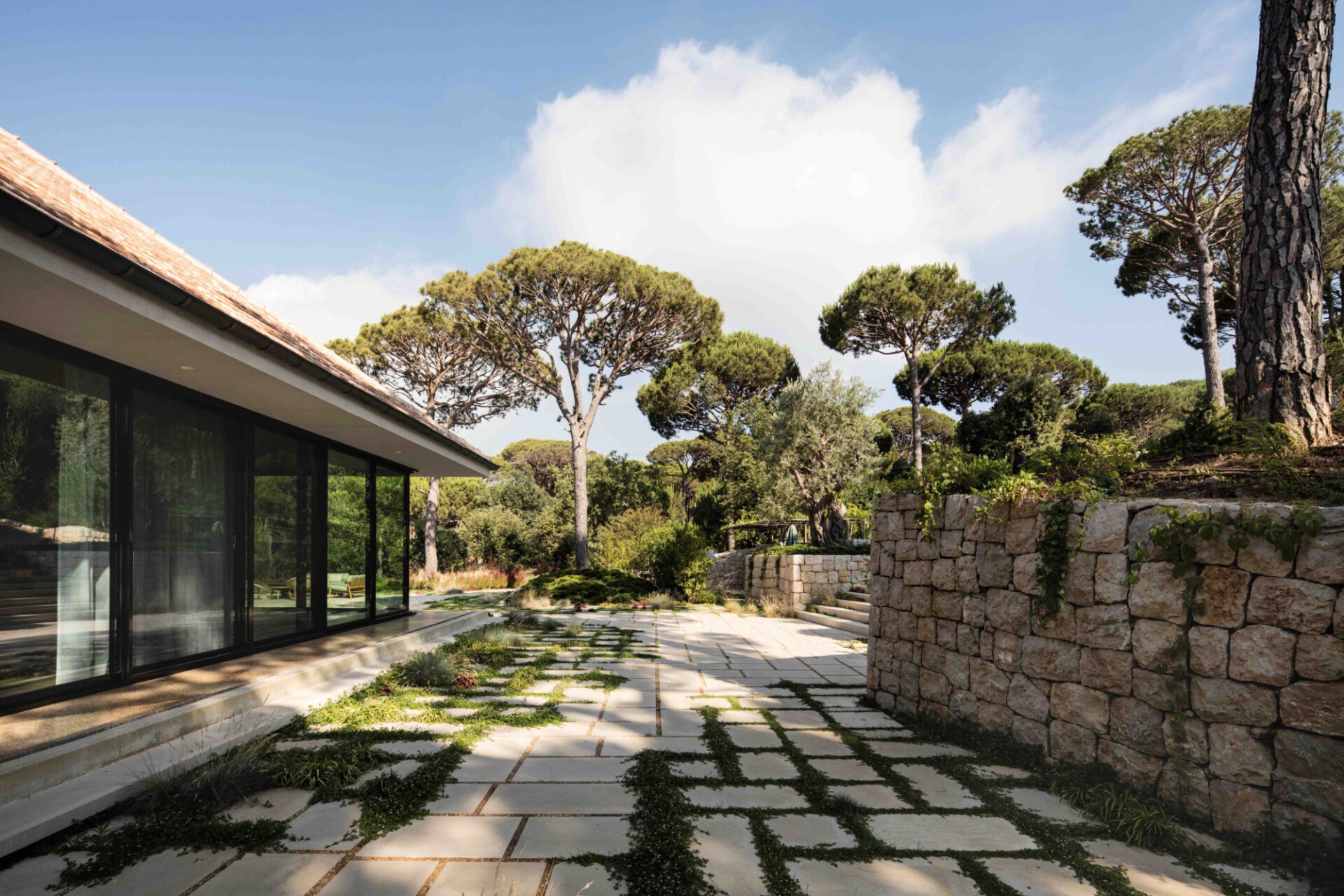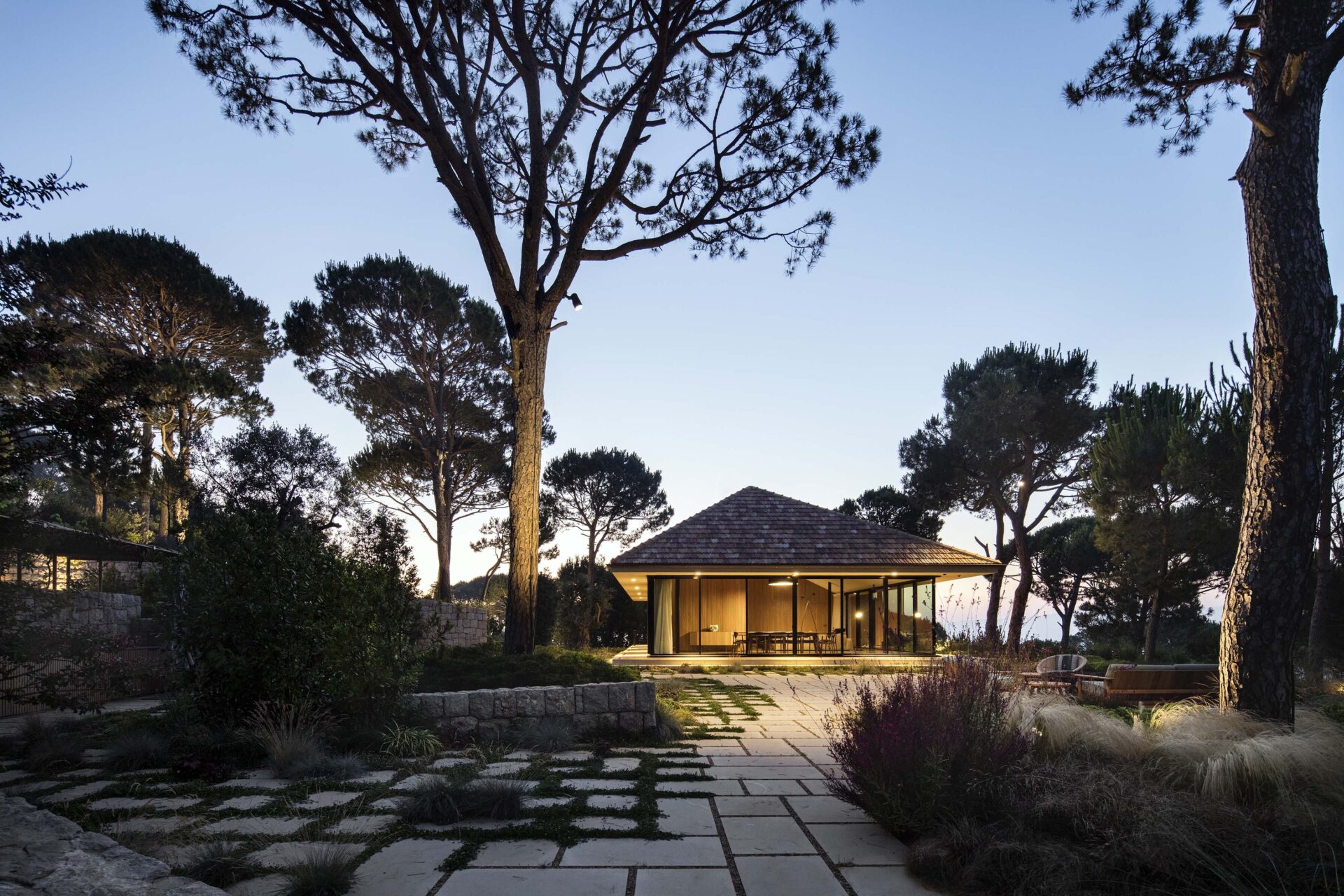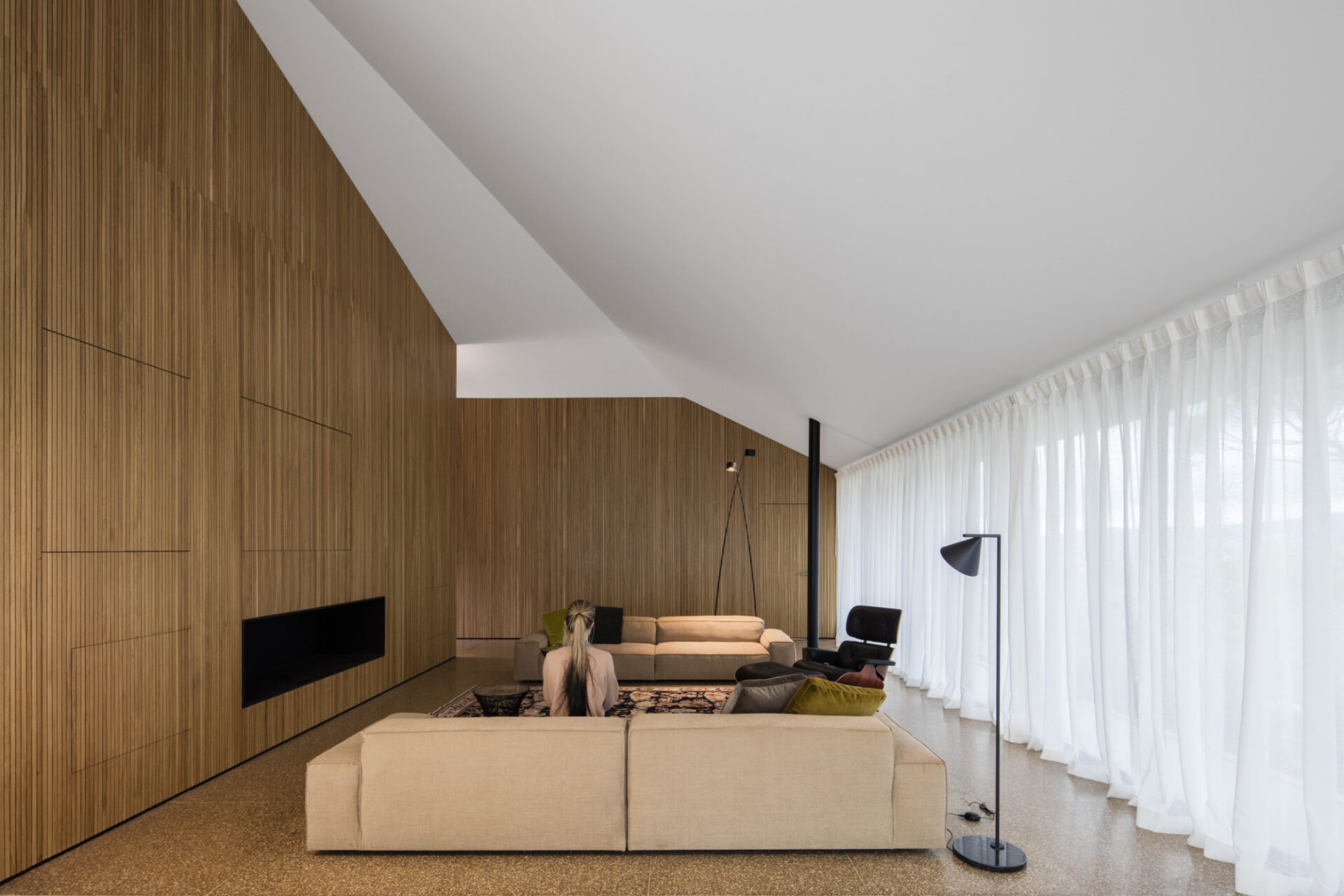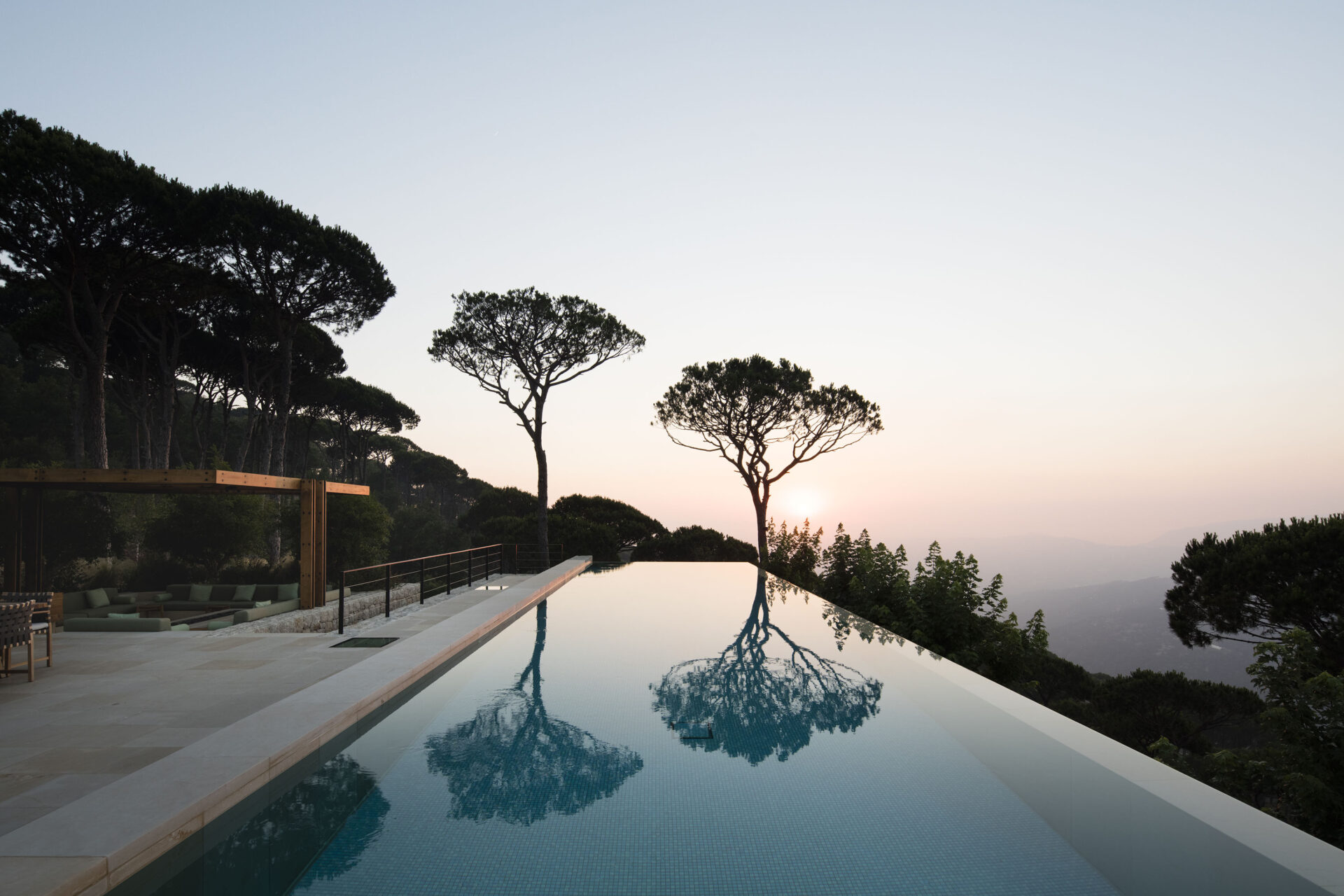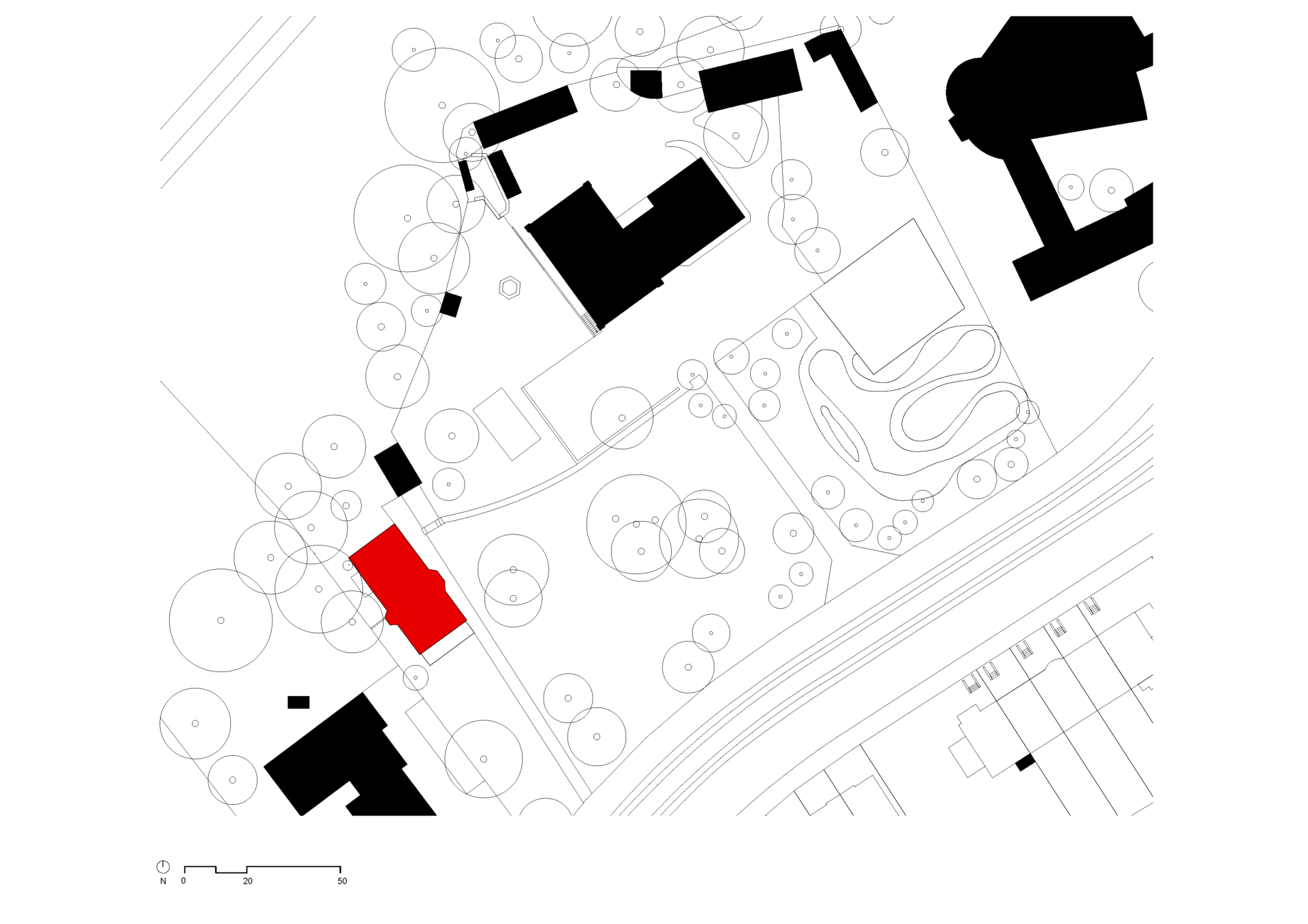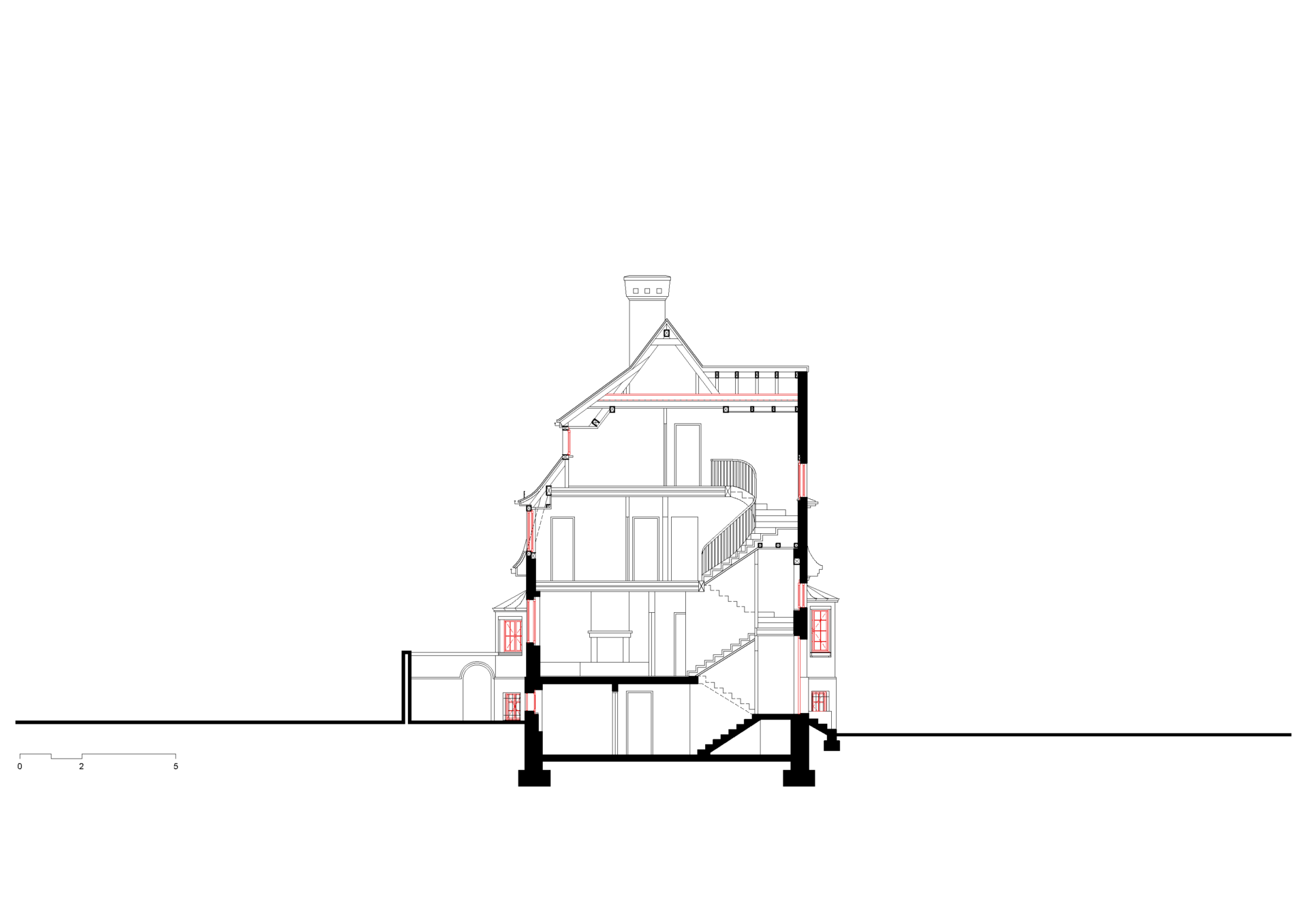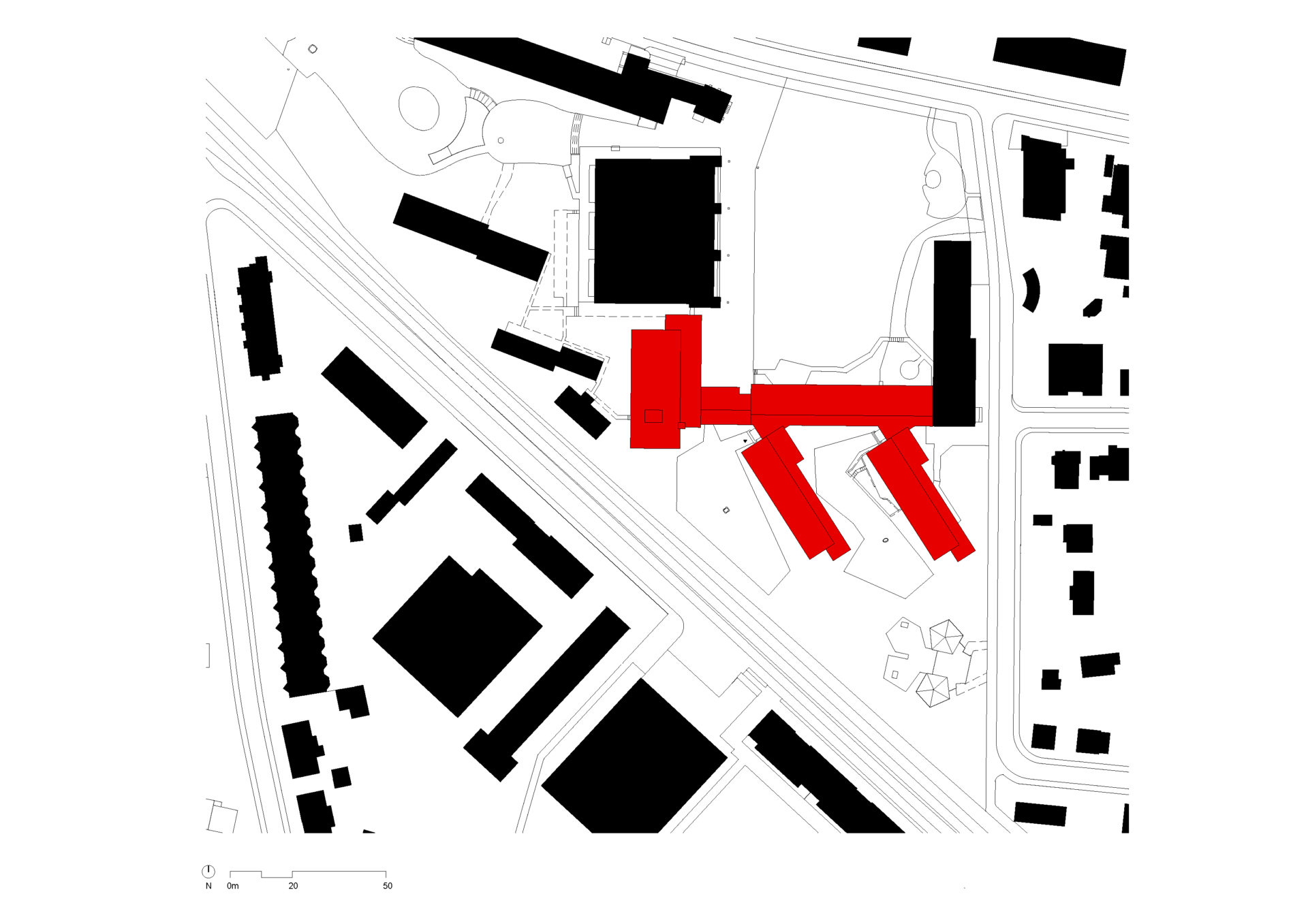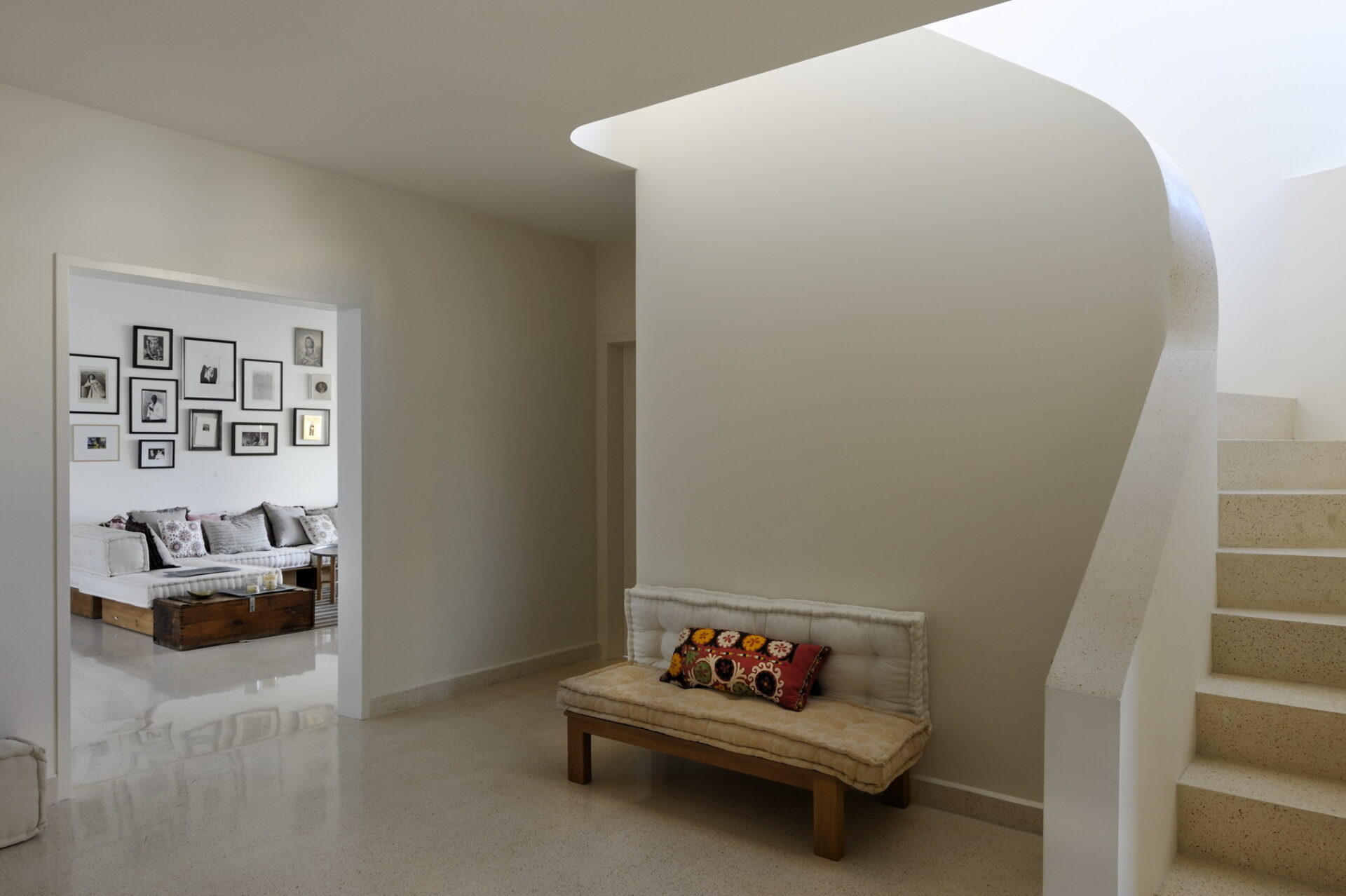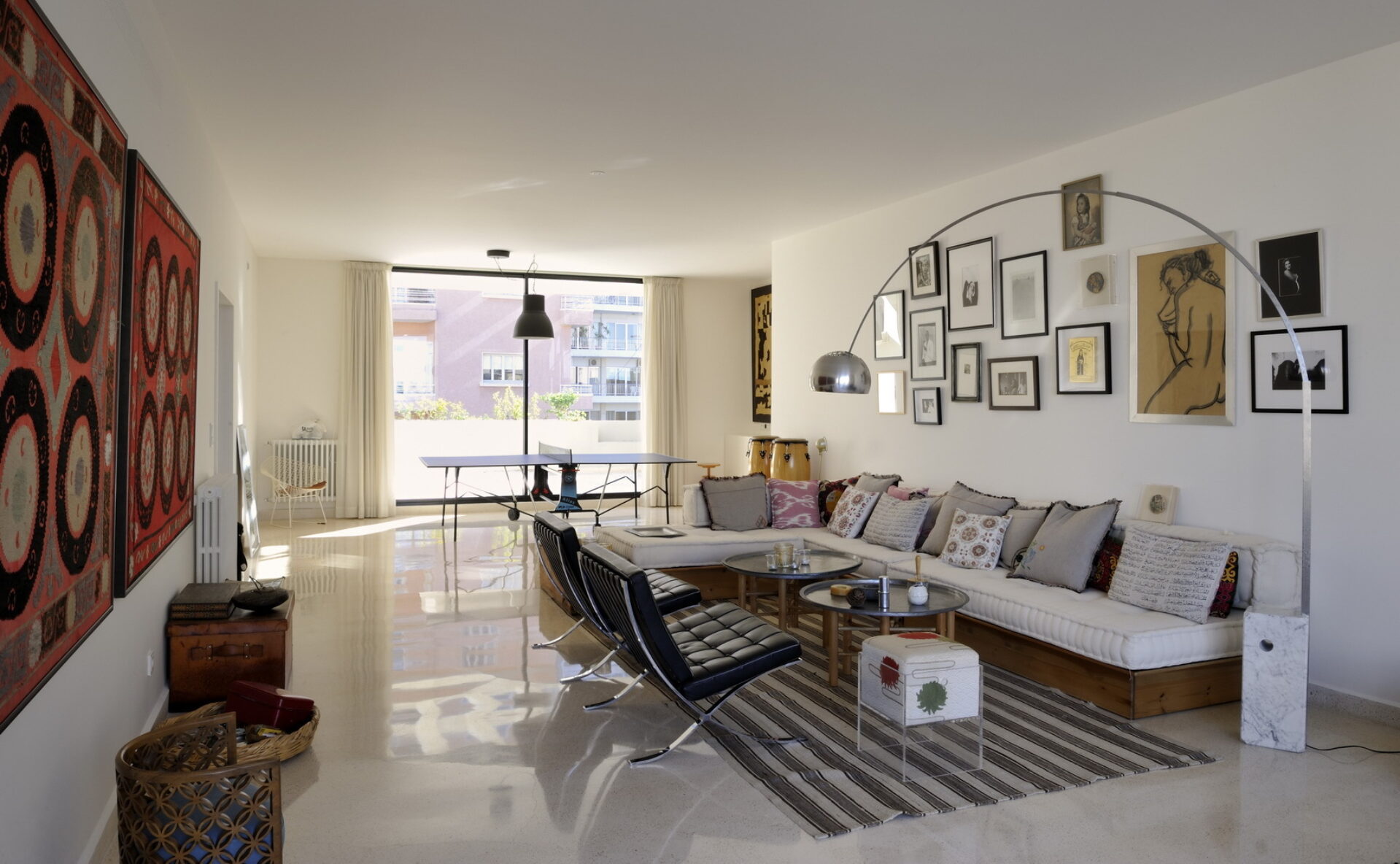Schulanlage Gellert
Kindergarten Gellert
Restaurant Gartenbad Bachgraben
Wohnsiedlung Duggingerhof/Walkeweg
Doppelkindergarten Roggenburgstrasse
Bürogebäude Barfihof
Primarschule Sevogel
Theatersaal Berufsfachschule
Sekundarschule Pestalozzi
Kantonsschule Rämibühl
Wirtschaftsgymnasium
Jugendzentrum Gartenbad Bachgraben
Turn- und Schwimmhalle Vogelsang
Stadion Vogesen
Haus SK
Schulheim Gute Herberge Haus 186
Primarschule St. Johann
Sekundarschule Vogesen
Familiengrab
Primarschule Hebel
Van Dick Apartment
News
Wir freuen uns über den 3. Preis für den Dachgeschossausbau Schulhaus Pestalozzi am VELUX Architekturwettbewer 24/25! In dieser Dokumentation werden alle Preisträger vorgestellt.

In der aktuellen Ausgabe AIT 6.2025 berichtet unsere ehemalige Praktikantin Marie Gröper über ihre Zeit bei MET Architects.

Die Schulanlage Gellert wird in der Ausgabe 5.2025 des AIT-Magazins vorgestellt.

Profil
MET Architects wurde 2009 von Roula Moharram und Thomas Thalhofer gegründet. Mit einem Team von internationalen, vielseitig qualifizierten MitarbeiterInnen erarbeiten wir eigenständige, spezifisch auf die jeweilige Bauaufgabe angepasste Lösungen.
Unser Portfolio umfasst Neu- und Umbauten unterschiedlichen Massstabs, von kleinen Direktaufträgen wie einem Familiengrab in Beirut bis hin zur Gesamtsanierung von ganzen Schulkomplexen wie dem Wirtschaftsgymnasium in Basel als Resultat eines offenen Wettbewerbs. Im intensiven Dialog mit unseren Auftraggebern schaffen wir verständliche, identitätsstiftende und langfristig funktionstüchtige Architektur, die durch Publikationen und Auszeichnungen eine öffentliche Anerkennung findet.
Mit zahlreichen Wettbewerbsgewinnen haben wir uns als Spezialisten im Umgang mit denkmalgeschützten Objekten etabliert. Unsere Herangehensweise zeichnet sich durch eine eingehende Analyse und Bewertung des städtebaulichen Kontextes, des soziokulturellen Hintergrunds und des historischen Bestands aus. Aufbauend auf diesen Erkenntnissen entwickeln wir Projekte, die mit hoher konstruktiver Qualität, individuellen Detaillösungen und gestalterischem Feinsinn die aktuellen programmatischen und technischen Nutzeransprüche erfüllen und den historischen Bestand in einen neuen Lebenszyklus überführen.
Team
Roula Moharram – Architektin DPLG
Geboren 1968 in Beirut, Libanon. Roula schloss ihr Studium 1994 an der UP9 Paris-La Seine als Architecte DPLG ab. Von 1994 bis 1999 arbeitete sie als Architektin für Pierre El Khoury & Partners in Beirut. 2000 eröffnete sie das Büro Roula Moharram Architects in Beirut, das sie bis 2009 führte. In Partnerschaft mit Thomas Thalhofer gründete sie 2009 MET Architects in Basel. Im selben Jahr war sie Gastkritikerin am ETH Studio Basel für ein Forschungsprojekt in Beirut. Seit 2018 ist sie Mitglied des Arab Center for Architecture ACA. 2023 wurde sie in den BSA Bund Schweizer Architektinnen und Architekten, Ortsgruppe Basel, aufgenommen. Roula Moharram ist stark in die Architekturszene Beiruts eingebunden und wird regelmässig zu Jurys eingeladen, hält Vorträge und leitet Workshops. In der Schweiz setzt sie sich für die Vermittlung von libanesischer Baukultur ein und gibt dazu Interviews, verfasst redaktionelle Beiträge und organisiert Ausstellungen

Thomas Thalhofer – Dipl.-Ing. Architekt
Geboren 1969 in Augsburg, Deutschland. 1998 schloss Thomas sein Studium an der FH Augsburg als Dipl. Ing. Architekt ab. Von 1998 bis 2002 arbeitete er als Architekt für HildundK Architekten in München. Von 2003 bis 2007 war er Projektleiter und Associate bei Christ & Gantenbein Architekten in Basel, von 2007 bis 2009 Projektleiter für Christian Kerez Architekt in Zürich. 2009 gründete er in Partnerschaft mit Roula Moharram MET Architects. Von 2009 bis 2011 war er an der Hochschule Luzern Dozent im Masterstudiengang und 2013 Gastkritiker im Bachelorstudiengang Architektur. Seit 2018 ist er Mitglied des Arab Center for Architecture ACA. 2023 wurde er in den BSA Bund Schweizer Architektinnen und Architekten, Ortsgruppe Basel, aufgenommen, seit 2025 ist er Mitglied der Fachgruppe für Bau- und Planungsfragen der Gemeinde Binningen. Thomas Thalhofer referiert als Experte zum Thema Weiterbauen an Hochschulen in der Schweiz und im benachbarten Ausland.

Nola Bally – Architektin BA

Zoé De Vries – Cand. Architektin BSc

Viviane Ehrensberger – Architektin MSc
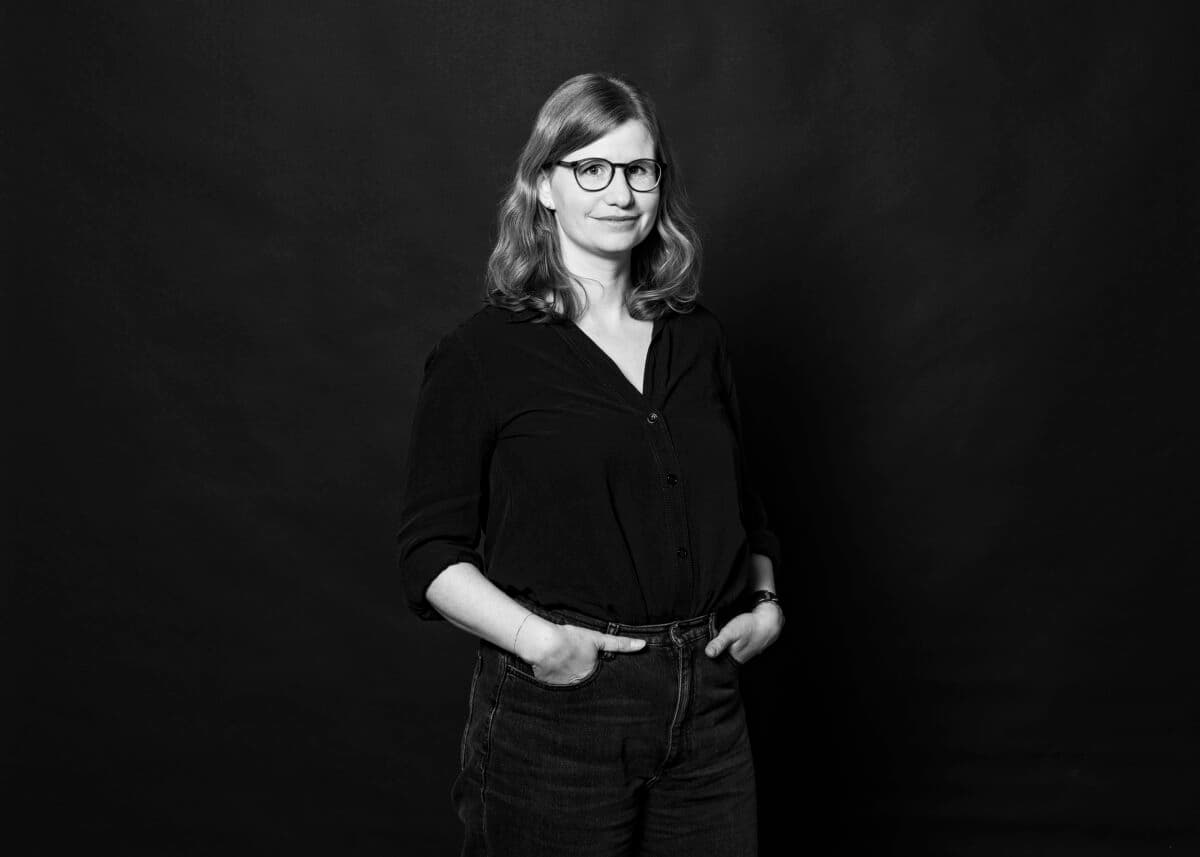
Inga Federe – Dipl.-Ing. Architektin TU
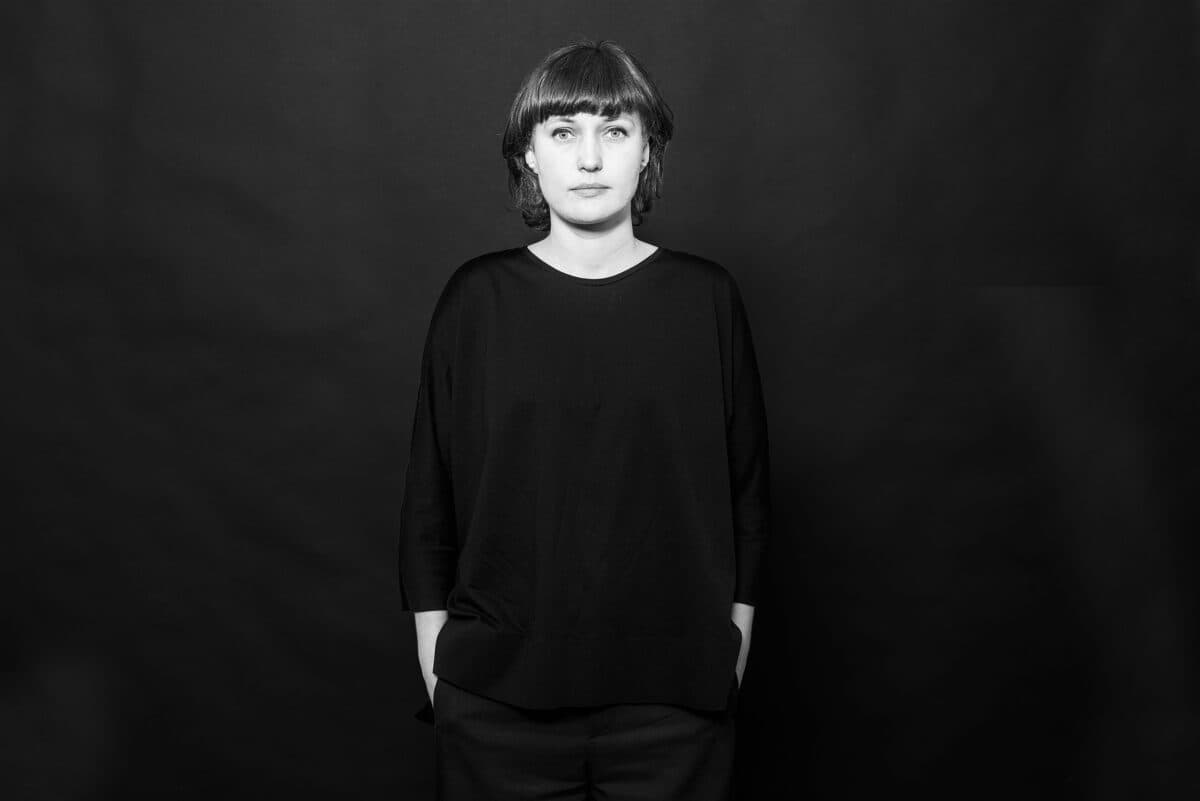
Katharina Fesenmair – Architektin MA

Claire Kaiser – Architektin MSc

Mio Kobayashi – Architektin MA
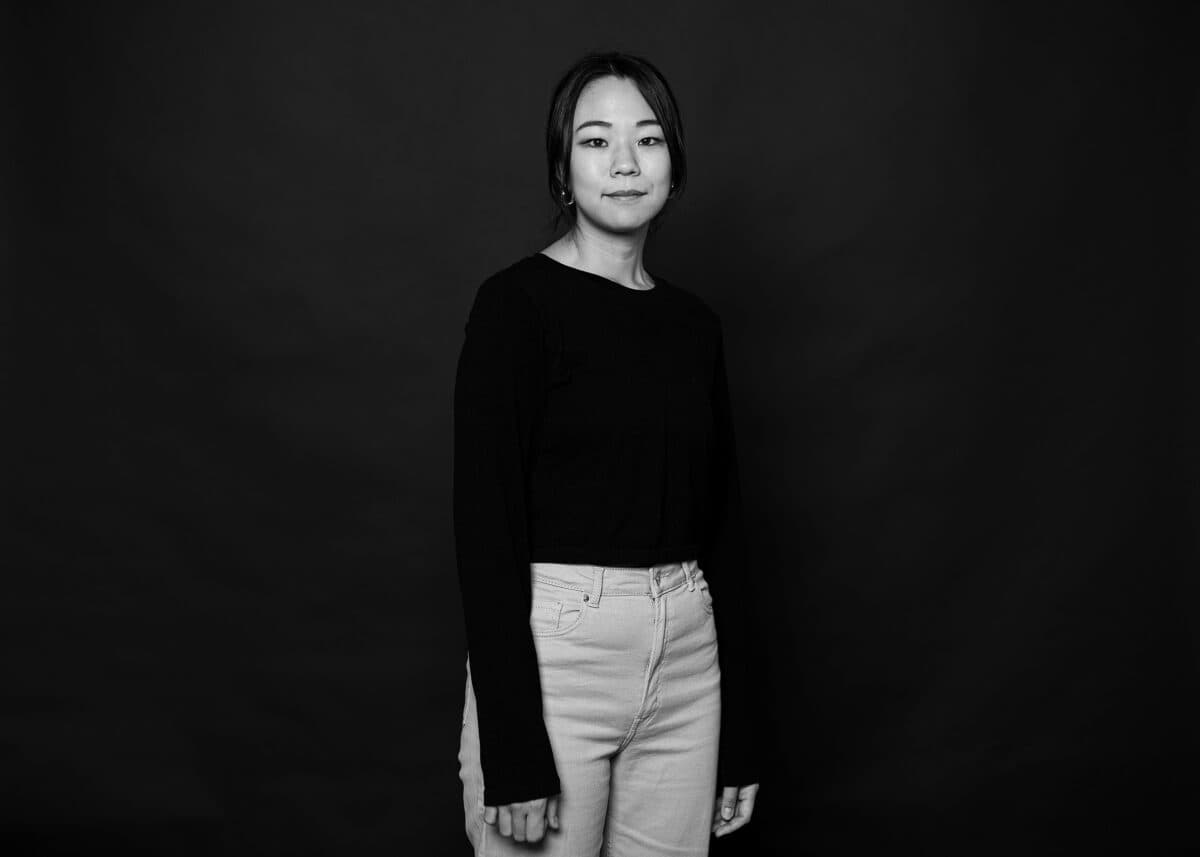
Ekaterina Kolesova – Cand. Architektin MSc

Andrea Perletti – Architekt MA
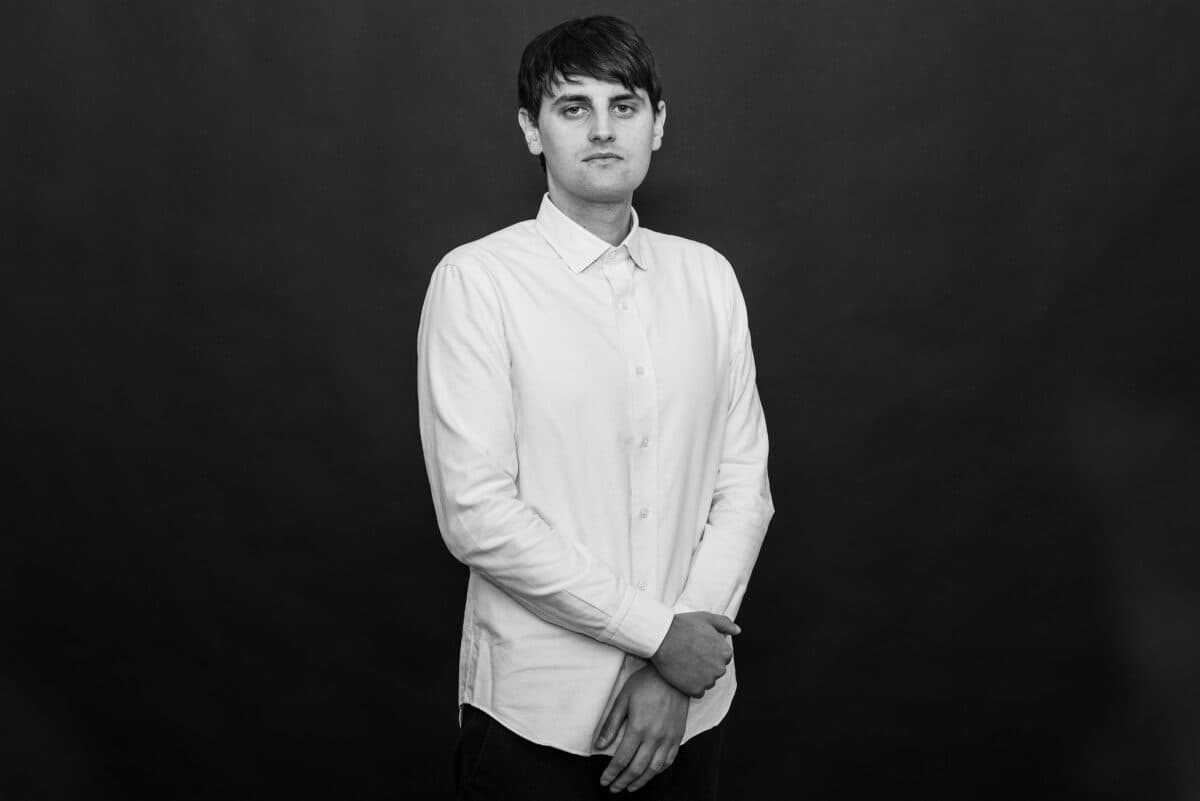
Veröffentlichungen
Primarschule Gellert
afasia – 2025
AIT – 05/2025
Swiss Arc – 03/2025
architect@work Newsletter – 02/2025
db Respekt und Perspektive – Anerkennung 12/2024
Bau- und Verkehrsdepartement Basel Stadt, Städtebau und Architektur, Hochbau – 2020
Quartierkurier – 03/2021
Restaurant Gartenbad Bachgraben
Swiss Arc – 03/2025
Theatersaal Berufsfachschule Basel
Jahrbuch der Architektur – 2024
best architects 25 – 2024
Baunetz_Wissen – 2023
Hochparterre – 2023
Bau der Woche swiss-architects – 2023
Open House Basel – 2023
Bau- und Verkehrsdepartement Basel Stadt, Städtebau und Architektur, Hochbau – 2023
Sekundarschule Pestalozzi
VELUX Architektur-Wettbewerb 2024/25 – 2025
Espazium – Alle Artikel – 2023
Open House Basel – 2023
Bau- und Verkehrsdepartement Basel Stadt, Städtebau und Architektur, Hochbau – 2023
Die natürliche Klimaanlage – bz Basel / CH Media – 2023
Kühlsystem aus altem Perisen – SRF Regionaljournal Basel Baselland vom 08.08.23
Kühlung fürs Pestalozzischulhaus – teleBasel punkt6 vom 18.08.23
Jugendzentrum Gartenbad Bachgraben
Open House Basel – 2023
Wirtschaftsgymnasium
archithese – 2023
Bau der Woche Swiss Architects – 2022
Architektur Dialoge – 2021
Architektur Basel – 2021
Bau- und Verkehrsdepartement Basel Stadt, Städtebau und Architektur, Hochbau – 2020
Turn- und Schwimmhalle Vogelsang
Werk, Bauen + Wohnen, Werkmaterial – 03/2022
Bau- und Verkehrsdepartement Basel Stadt, Städtebau und Architektur, Hochbau – 2022
Immobilien Basel Stadt ‒ 2021
db Deutsche Bauzeitung – 10/2021
Baunetz_Wissen – 2021
DETAIL online – 2021
Schweizer Baudokumentation – 2021
OPEN HOUSE BASEL – 2021
Architektur + Technik – 2021
ArchDaily – 2021
BauNetz – 2021
Modulor – 2021
Stadion Vogesen
Otto Borst-Preis – 2022
Schweizer Baudokumentation – 2021
More Sports. More Architecture – 07/2021
Werk, Bauen + Wohnen – 04/2021
sb Magazin – 2021
DETAIL online – 2021
BauNetz – 2021
Baunetz_Wissen – 2021
Bauwelt – 2020
TEC21 – 2020
Hochparterre – 8/20
Xia by AIT – 2020
best architects 21
Bau der Woche Swiss Architects – 2020
Architektur + Technik – 2020
Bau- und Verkehrsdepartement Basel Stadt, Städtebau und Architektur, Hochbau – 2020
Einweihung der Arena Vogesen – 2019
Basel/Beirut-Serie
Espazium – Teil 3 – 2019
Espazium – Teil 2 – 2019
Espazium – Teil 1 – 2019
Schulheim Gute Herberge Haus 186
Landpartie: Reformarchitektur in Riehen – 2019
Haus SK
Wohnrevue – 2020
Designboom – 2020
Baunetz_Wissen – 2020
Bau des Jahres Swiss Architects – 2019
Bau der Woche Swiss Architects – 2019
Espace Contemporains – 2018
Subtilitas – 2018
Primarschule St. Johann
Bau des Jahres Swiss Architects – 2018
Immobilien Basel Stadt ‒ 2019
best architects 19
Bau- und Verkehrsdepartement Basel Stadt, Städtebau und Architektur, Hochbau – 2018
meter magazin – 2018
Umbauen + Renovieren – 2018
Architektur + Technik – 2018
Bau der Woche Swiss Architects – 2018
TEC 21 – 2017
Primarschule Hebel
Immobilien Basel Stadt – 2016
Bau des Jahres Swiss Architects – 2016
Schweizer Baudokumentation – 2016
Sonntagszeitung – 2016
TEC 21 – 2015
Kunst + Architektur – 2015
Bau- und Verkehrsdepartement Basel Stadt, Städtebau und Architektur, Hochbau – 2015
docomomo – 2014
db – Deutsche Bauzeitung, Metamorphose – 2014
Kantonale Denkmalpflege, “best practise” – 2014
Architektur + Technik ‒ 2014
Werk, Bauen + Wohnen ‒ 2014
Umbauen + Renovieren – 2014
Riehener Zeitung – 2014
Van Dick Apartment
best architects 16
Bau der Woche Swiss Architects – 2013
AM Apartment
Mediterranean Housing Lebanon – 2014
identity – 2013
Werkliste
2021-2025
Liegenschaften im Finanzvermögen, Basel – Zustandsanalysen und Machbarkeitsstudien, Wettbewerb im offenen Verfahren, Rahmenvertrag 2021-2026
Haus RT, Franche-Comté, F – Gesamtsanierung, Direktauftrag, Fertigstellung 2025
Haus «Zum Adlerberg», Basel – Gesamtsanierung, Direktauftrag, Fertigstellung 2025
Gesamtsanierung Schulhaus Hinterer Grund, Flawil – 1. Platz Wettbewerb im offenen Verfahren, 2025
Primarschule Gellert, Basel – Gesamtsanierung, 1. Platz Wettbewerb im offenen Verfahren, Fertigstellung 2024
Restaurant Gartenbad Bachgraben, Basel – Gesamtsanierung, 1. Platz Wettbewerb im offenen Verfahren, Fertigstellung 2024
Schulhaus Frohheim, Olten – Gesamtsanierung, 1. Platz Wettbewerb im offenen Verfahren, 2024
Schulhaus Ländli, Baden – Umbau und Sanierung, 3. Platz Wettbewerb im offenen Verfahren, 2024
Doppelkindergarten Roggenburgstrasse, Basel – Sanierung, Wettbewerb im offenen Verfahren, 2024
Barfihof, Basel – Studienauftrag im selektiven Verfahren, 2023
Sporthalle Langacker, Herrliberg – Gesamtinstandsetzung und Erweiterung, Wettbewerb im selektiven Verfahren, 2023
Sevogel-Schulhaus, Basel – Dachgeschossausbau und Teilsanierung, Wettbewerb im offenen Verfahren, 2023
Primarschule Staufen – Ersatzneubau, Studienauftrag im selektiven Verfahren, 2023
Primarschule Wehrli, Kreuzlingen – Gesamtsanierung und Erweiterung, Wettbewerb im selektiven Verfahren, 2023
Kantonsschule Rämibühl, Zürich – Gesamtsanierung, Wettbewerb im selektiven Verfahren, 2023
Sekundarschule Pestalozzi, Basel – Dachgeschossausbau und Fassadensanierung, 1. Platz Wettbewerb im offenen Verfahren, Fertigstellung 2022
Theatersaal Berufsfachschule, Basel – Gesamtsanierung, 1. Platz Wettbewerb im Einladungsverfahren, Fertigstellung 2022
Jugendzentrum Gartenbad Bachgraben, Basel – Gesamtsanierung, Folgeauftrag Wettbewerb im offenen Verfahren, Fertigstellung 2022
Bildungszentrum Limmattal, Dietikon – Gesamtsanierung, Wettbewerb im selektiven Verfahren, 2022
Turnhalle Burgstrasse, Riehen: Gesamtsanierung – Wettbewerb im offenen Verfahren, 2022
Wirtschaftsgymnasium, Basel – Gesamtsanierung, 1. Platz Wettbewerb im offenen Verfahren, Fertigstellung 2021
Klybeq K-26, Basel – Gesamtsanierung, Wettbewerb im Einladungsverfahren, 2021
Primarschule Nordstrasse, Zürich – Gesamtsanierung und Dachausbau, Wettbewerb im selektiven Verfahren, 2021
2016-2020
Turn- und Schwimmhalle Vogelsang, Basel – Gesamtsanierung, 1. Platz Wettbewerb im offenen Verfahren, Fertigstellung 2020
Stadion Vogesen, Basel – Dachsanierung und Neubau Tribünengebäude, Folgeauftrag Wettbewerb im offenen Verfahren, Fertigstellung 2019
Haus SK, Ras El Matn, LB – Neubau, Direktauftrag, Fertigstellung 2019
Regierungsgebäude, Liestal – Gesamtsanierung, Wettbewerb im selektiven Verfahren, 2019
Primarschule St Karli, Luzern – Gesamtsanierung und Erweiterung, Wettbewerb im selektiven Verfahren, 2019
Architekturmuseum Schwaben, Augsburg, D – Gesamtsanierung und Erweiterung, 2. Platz Wettbewerb im offenen Verfahren, 2019
Sekundarschule Pestalozzi, Basel – Umbau, 1. Platz Wettbewerb im offenen Verfahren, Fertigstellung 2018
Primarschule Risch, Rotkreuz – Gesamtsanierung und Erweiterung, Wettbewerb im selektiven Verfahren, 2018
Familiengrab, Beirut, LB – Neubau, Direktauftrag, Fertigstellung 2018
Kantonsschule Zürich Nord, Zürich – Gesamtsanierung, Wettbewerb im selektiven Verfahren, 2017
Schulheim «Gute Herberge» Haus 180, Riehen – Gesamtsanierung, Wettbewerb im Einladungsverfahren, Fertigstellung 2018
Schulheim «Gute Herberge» Haus 186, Riehen – Fassadensanierung, Wettbewerb im Einladungsverfahren, Fertigstellung 2017
Apartment AJ, Beirut, LB – Umbau und Innenraumgestaltung, Direktauftrag, Fertigstellung 2017
Sekundarschule Vogesen, Basel – Umbau, Folgeauftrag Wettbewerb im offenen Verfahren, Fertigstellung 2017
Schulhaus Rittergasse, Basel – Gesamtsanierung, Wettbewerb im offenen Verfahren, 2016
Silo Erlenmatt Ost, Basel – Gesamtsanierung, Wettbewerb im Einladungsverfahren, 2016
Primarschule St. Johann, Basel – Gesamtsanierung und Dachausbau, 1. Platz Wettbewerb im offenen Verfahren, Fertigstellung 2016
2010-2015
Hochbauamt, Basel – Instandsetzung, Wettbewerb im Einladungsverfahren, 2014
Kantonsschule im Lee, Winterthur – Gesamtsanierung und Dachausbau, Wettbewerb im selektiven Verfahren, 2014
Primarschule Hebel, Riehen – Gesamtsanierung, 1. Platz Wettbewerb im offenen Verfahren, Fertigstellung 2014
Schulhaus Wasgenring, Basel – Gesamtsanierung und Erweiterung, 2. Platz Wettbewerb im offenen Verfahren, 2014
Van Dick Apartment, Beirut, LB – Gesamtsanierung, Direktauftrag, Fertigstellung 2013
Kantonsschule Zürcher Oberland, Wetzikon – Gesamtsanierung, 2. Platz Wettbewerb im selektiven Verfahren, 2013
Apartment AM, Beirut, LB – Umbau und Innenraumgestaltung, Direktauftrag, Fertigstellung 2011
Schulanlage Neuenhof – Gesamtsanierung und Erweiterung, Neubau Aula und Dreifachturnhalle, 2. Platz Wettbewerb im selektiven Verfahren, 2011
Air France 1st Class Lounge, Beirut, LB – Umbau und Innenraumgestaltung La Première, Internationaler Flughafen Beirut, 1. Platz Wettbewerb, 2011
Felsbergschulhaus, Luzern – Gesamtsanierung, 2. Platz Wettbewerb im selektiven Verfahren, 2010
Offene Stellen
Bewerbungen bitte als pdf an jobs@met-architects.com
Assistenz der Geschäftsleitung und Büromanagement 60-80%
Zur Unterstützung unseres Teams suchen wir ab sofort eine*n Mitarbeiter*in als Assistent*in der Geschäftsleitung und fürs Büromanagement:
Ihre Aufgaben:
- Mit Ihrer klaren und freundlichen Kommunikation sind Sie die Schnittstelle zwischen Geschäftsleitung, Team und externen Partner*innen.
- Sie unterstützen die Geschäftsleitung bei der Terminplanung sowie der Erstellung und Einhaltung von Projektzeitplänen.
- Sie helfen bei der Organisation von Büroveranstaltungen und Präsentationen.
- Sie kümmern sich um Büroausstattung und -material und kreieren ein angenehmes Arbeitsumfeld für unser Team und unsere Kunden.
- Sie verwalten wichtige Dokumente und Projektunterlagen und sorgen dafür, dass die Informationen leicht zugänglich sind und vertraulich behandelt werden.
- Sie unterstützen das Team bei IT-Fragen und vermitteln sie an die richtigen Stellen weiter.
Was wir wünschen:
- Idealerweise haben Sie einen kaufmännischen Hintergrund oder eine vergleichbare Qualifikation im Bereich Büromanagement.
- Erfahrung in einer Assistenzfunktion, von Vorteil in der Architektur- oder Kreativbranche.
- Sie sind ein Organisationstalent, Ihre Stärken sind Flexibilität und die Fähigkeit, mehrere Aufgaben gleichzeitig zu erledigen.
- Als kommunikative und teamorientierte Persönlichkeit passen Sie ideal zu uns.
- Sicherer Umgang mit MS Office und Erfahrung mit den gängigen Bürosoftware-Anwendungen.
- IT-Affinität und Interesse an digitalen Lösungen.
- Deutschkenntnisse auf muttersprachlichem Niveau und sehr gute Englischkenntnisse sind Grundvoraussetzung, Französischkenntnisse sind von Vorteil.
Was wir bieten:
- Ein inspirierendes Arbeitsumfeld in einem Architekturbüro, in dem innovative Ideen gefördert und wertgeschätzt werden.
- Ein engagiertes Team, das Freude daran hat, gemeinsam hochwertige architektonische Lösungen zu erarbeiten.
- Eine offene Unternehmenskultur, in der Vielfalt und Individualität geschätzt wird.
- Ein kreatives Umfeld, in dem Eigeninitiative begrüsst wird.
Wenn Sie Interesse an vielfältigen Aufgabenbereichen, einem wertschätzenden Team und flachen Hierarchien haben, senden Sie uns bitte einen Lebenslauf mit Anschreiben, relevanten Zeugnisse, Lohnvorstellungen und frühestem Stellenantrittstermin.
Praktikant:in
- grafisch und gestalterisch talentiert
- engagiert, verantwortungsbewusst, teamfähig
- versierter Umgang mit Adobe Creative Suite und AutoCAD
- Erfahrung im 3D Modellieren, Rhino- Kenntnisse von Vorteil
- sehr gute:r Modellbauer:in
- Sprachkenntnisse: Deutsch und/oder Englisch
Anstellungsbeginn: nach Vereinbarung, Dauer der Anstellung: 12 Monate
Architekt:in
- ausgezeichnete gestalterische Fähigkeiten
- engagiert, eigenverantwortlich, strukturiert, teamfähig
- Minimum 2 Jahre Berufserfahrung
- Erfahrungen im Bereich Ausführungs- und Detailplanung von Vorteil
- versierter Umgang mit Adobe Creative Suite und AutoCAD
- Erfahrung im 3D Modellieren, Rhino- Kenntnisse von Vorteil
- Sprachkenntnisse: Deutsch und/oder Englisch
Für Architekt:innen, die zu einem langfristigen Engagement motiviert sind, bieten wir massgeschneiderte Deutschkurse an.
Senior Projektleiter/in Architektur und Ausführung
- Sie verfügen über substantielle Berufserfahrung – insbesondere auch im Bereich der Projektleitung
- Sie schätzen als praxisorientierte, kommunikative und belastbare Persönlichkeit ein vielfältiges Aufgabenspektrum und sind in der Lage, komplexe Projekte selbstständig und initiativ von der strategischen Planung bis zur Realisierung zu führen
- Sie behalten dabei den Blick fürs Ganze, arbeiten exakt und vorausschauend und bleiben dennoch flexibel
- Sie zeichnen sich durch ein sicheres und verbindliches Auftreten im Umgang mit Mitarbeitern, Auftraggebern, Behörden und Fachplanern aus
- Hohes konstruktives und entwerferisches Verständnis, fundierte Kenntnisse im Planungsrecht, unternehmerisches Denken, Verhandlungsgeschick und Durchsetzungsfähigkeit bilden ihr Handwerkszeug
- Deutschkenntnisse auf muttersprachlichem Niveau und gute Englischkenntnisse sind Grundvoraussetzung
Wir bieten Ihnen eine verantwortliche Tätigkeit mit langfristiger Entwicklungsperspektive in einem professionellen und dynamischen Umfeld. Es erwarten Sie ein motiviertes internationales Team und eine flache Hierarchie.
Kontakt
MET Architects GmbH SIA BSA
Klybeckstrasse 141 / K102
4057 Basel
T +41 61 561 52 00
mail@met-architects.com
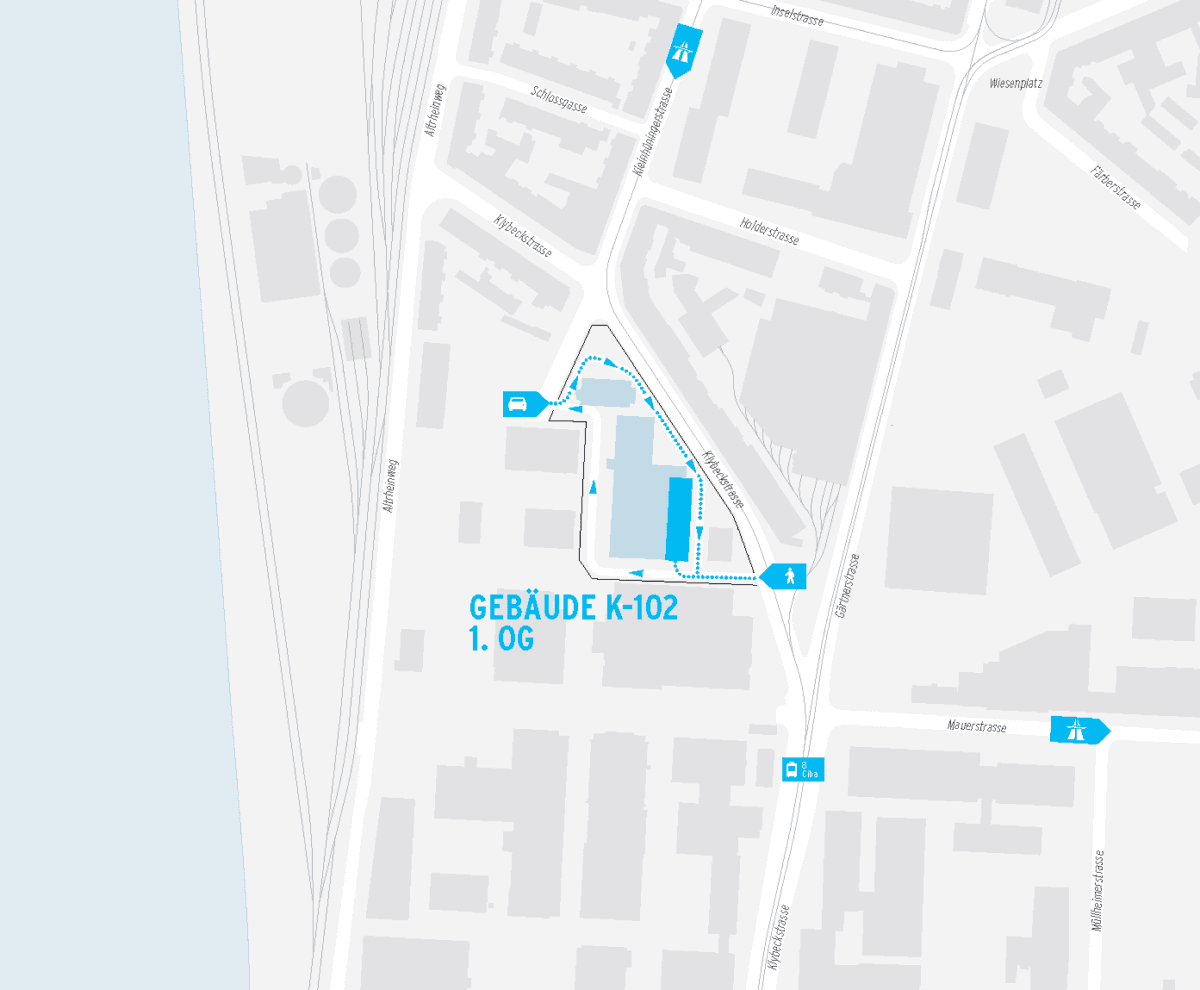
Bauteilverkauf
Bei unseren Sanierungsprojekten legen wir Wert darauf, funktionstüchtige Bauteile und Ausstattungen, die nicht mehr gebraucht werden, sorgfältig auszubauen und aufzubewahren. Aktuell sind die untenstehenden Objekte zu erwerben, zur Selbstabholung bei uns im Büro oder Versand (Verpackung und Porto auf Anfrage) Bei Interesse: Modell und Anzahl per Mail an reuse@met-architects.com

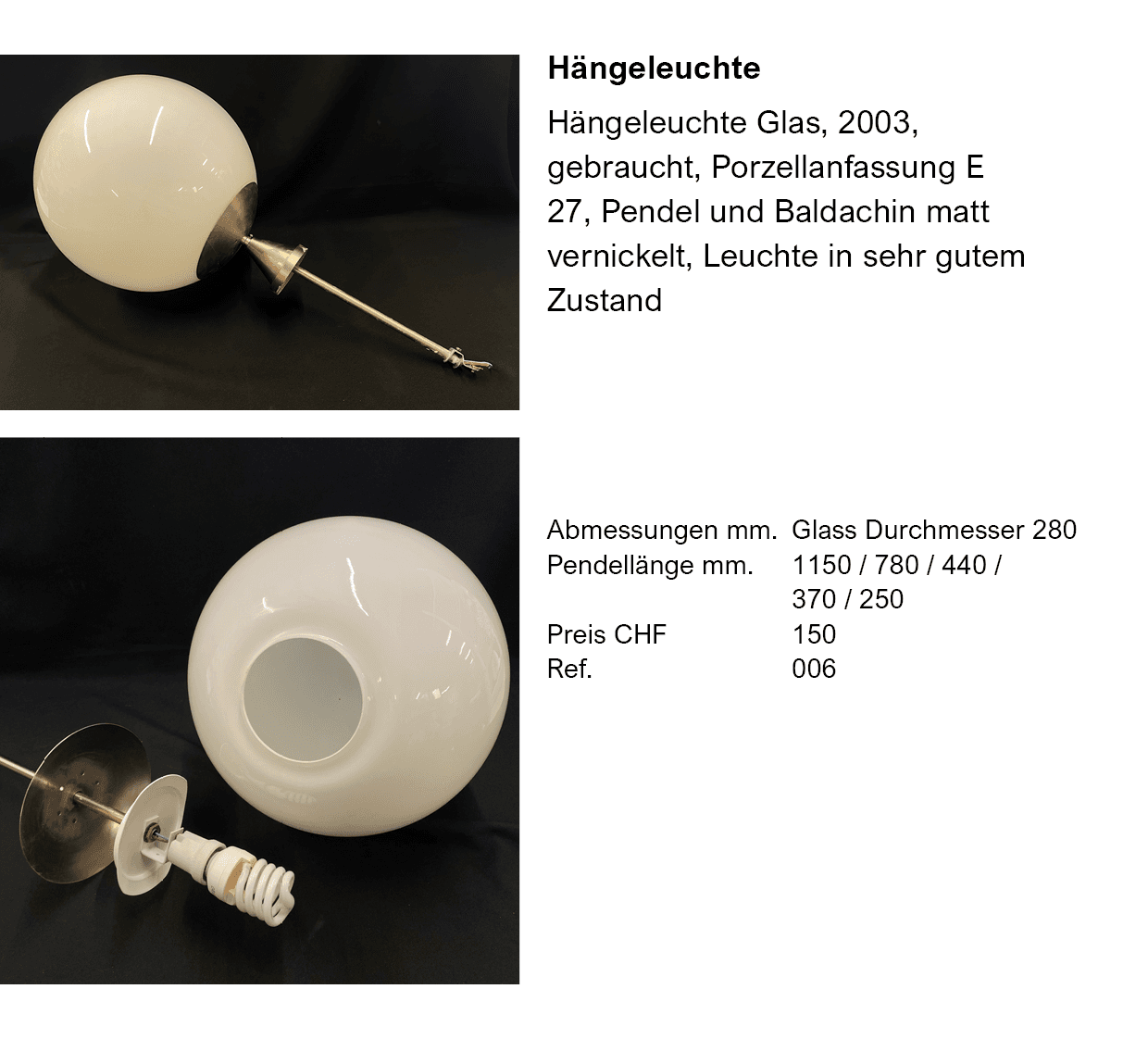




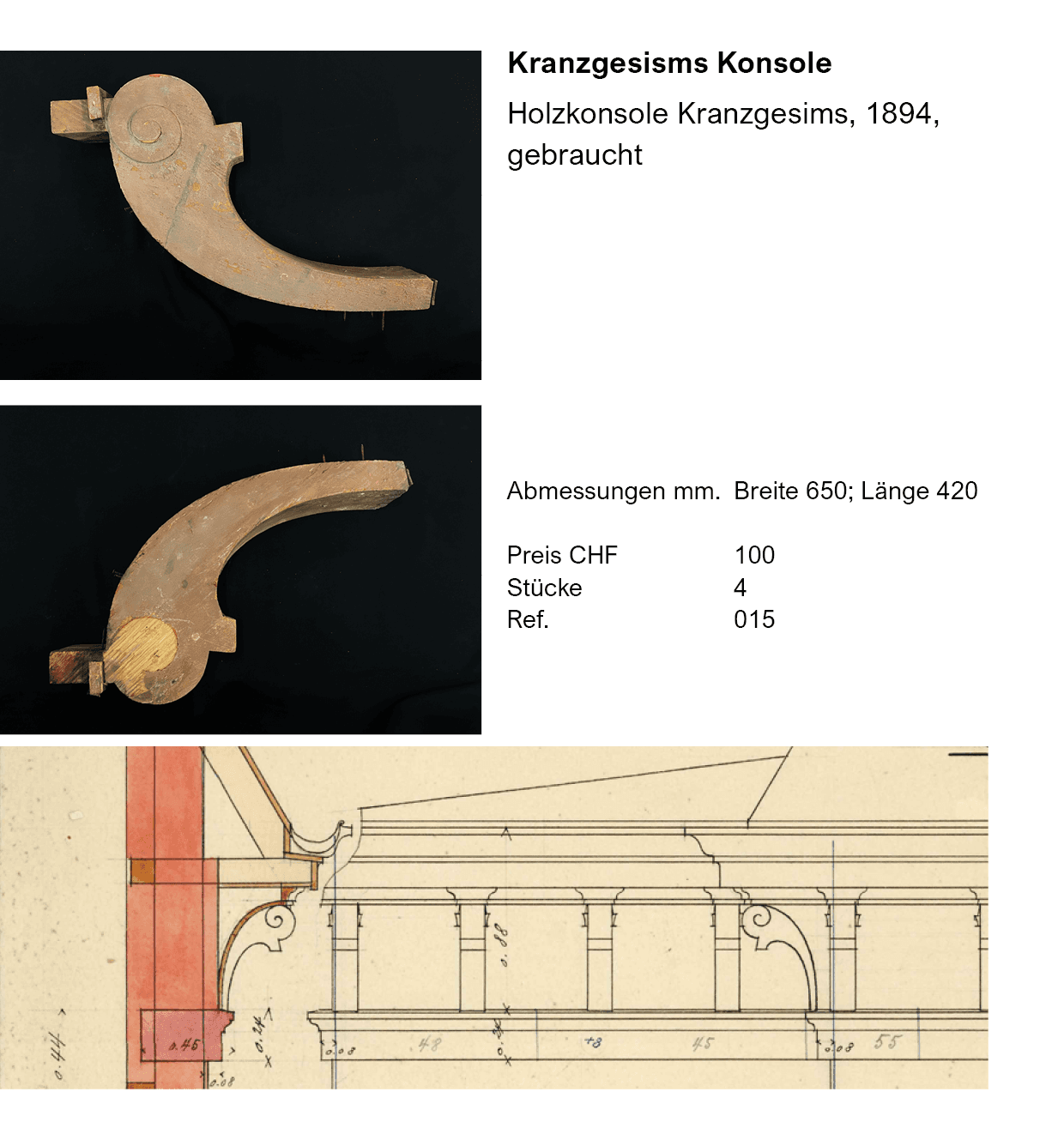

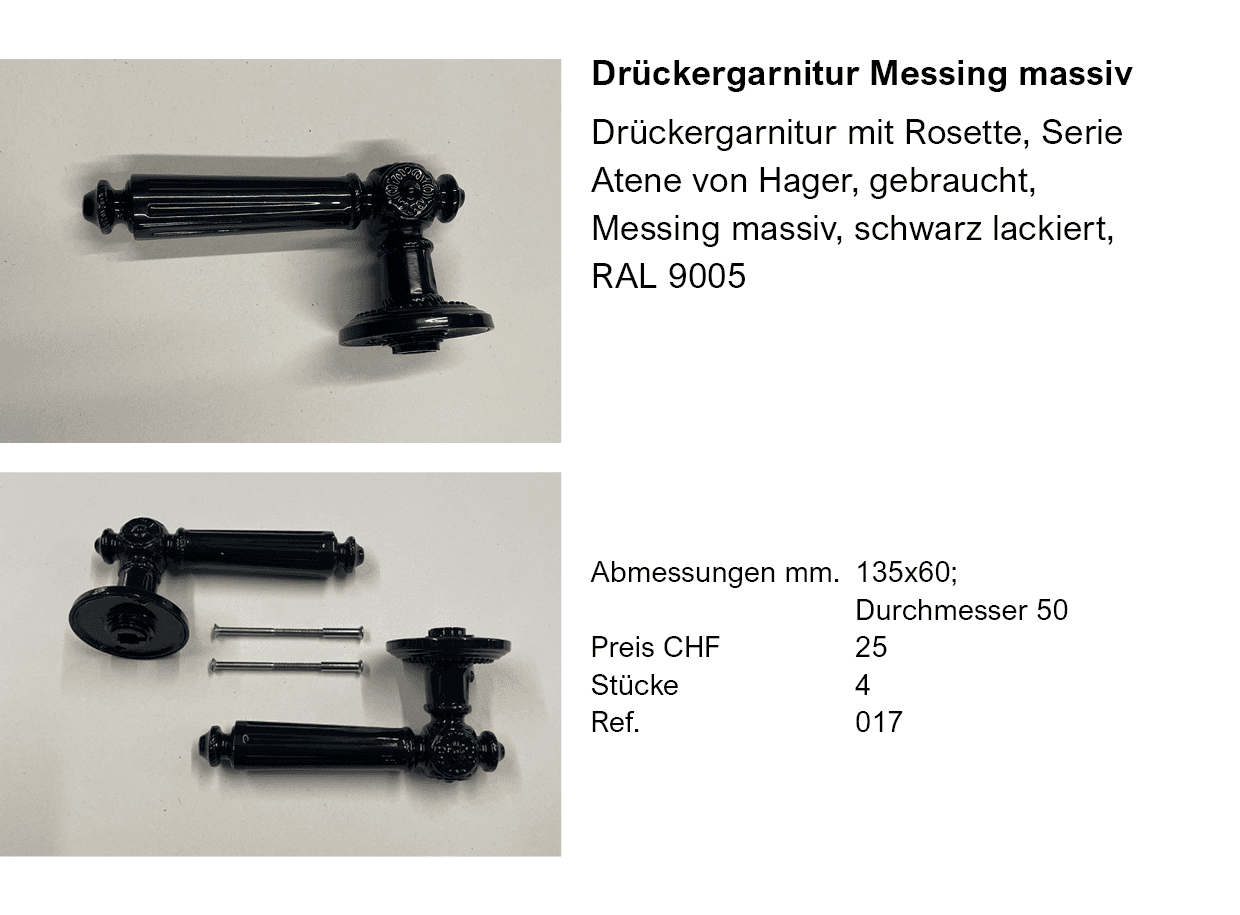
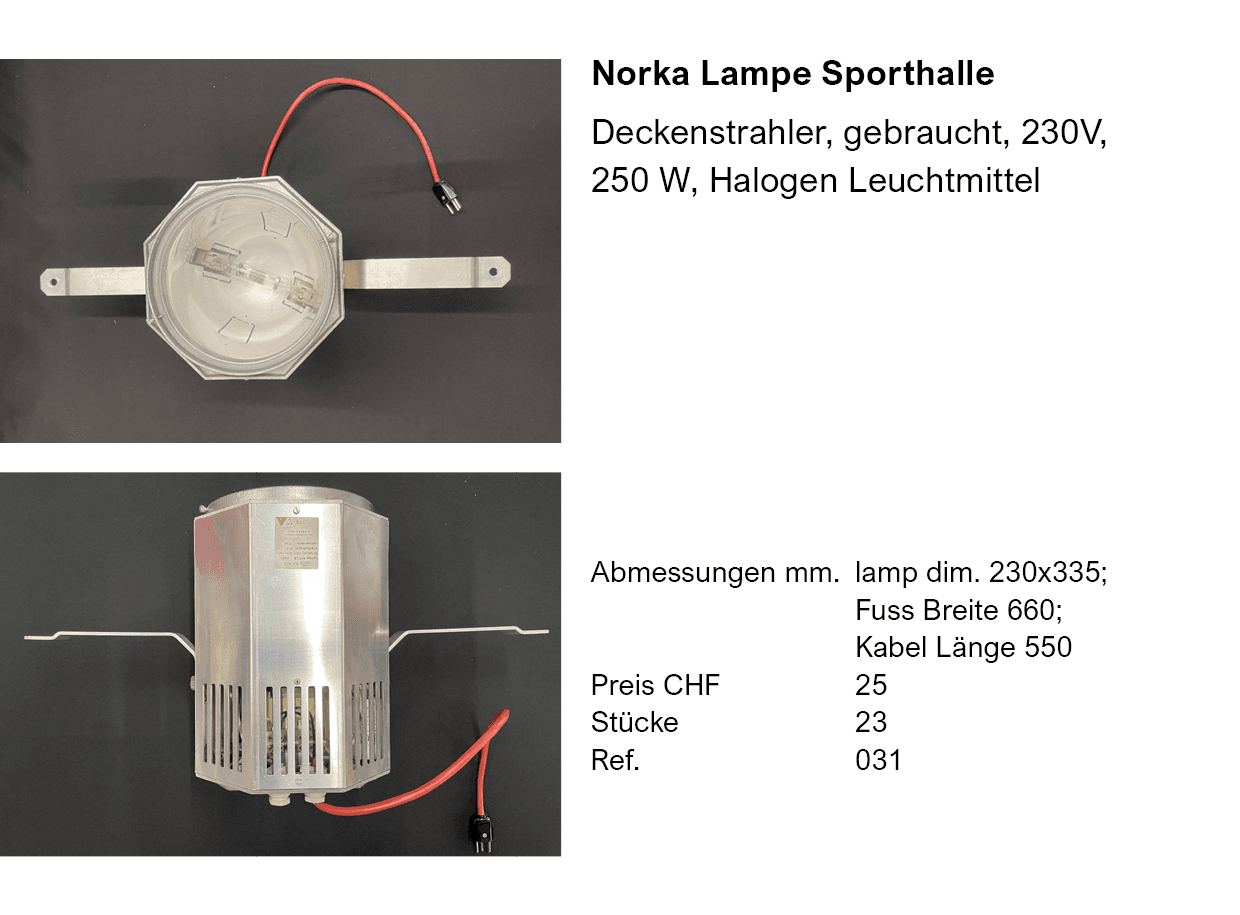





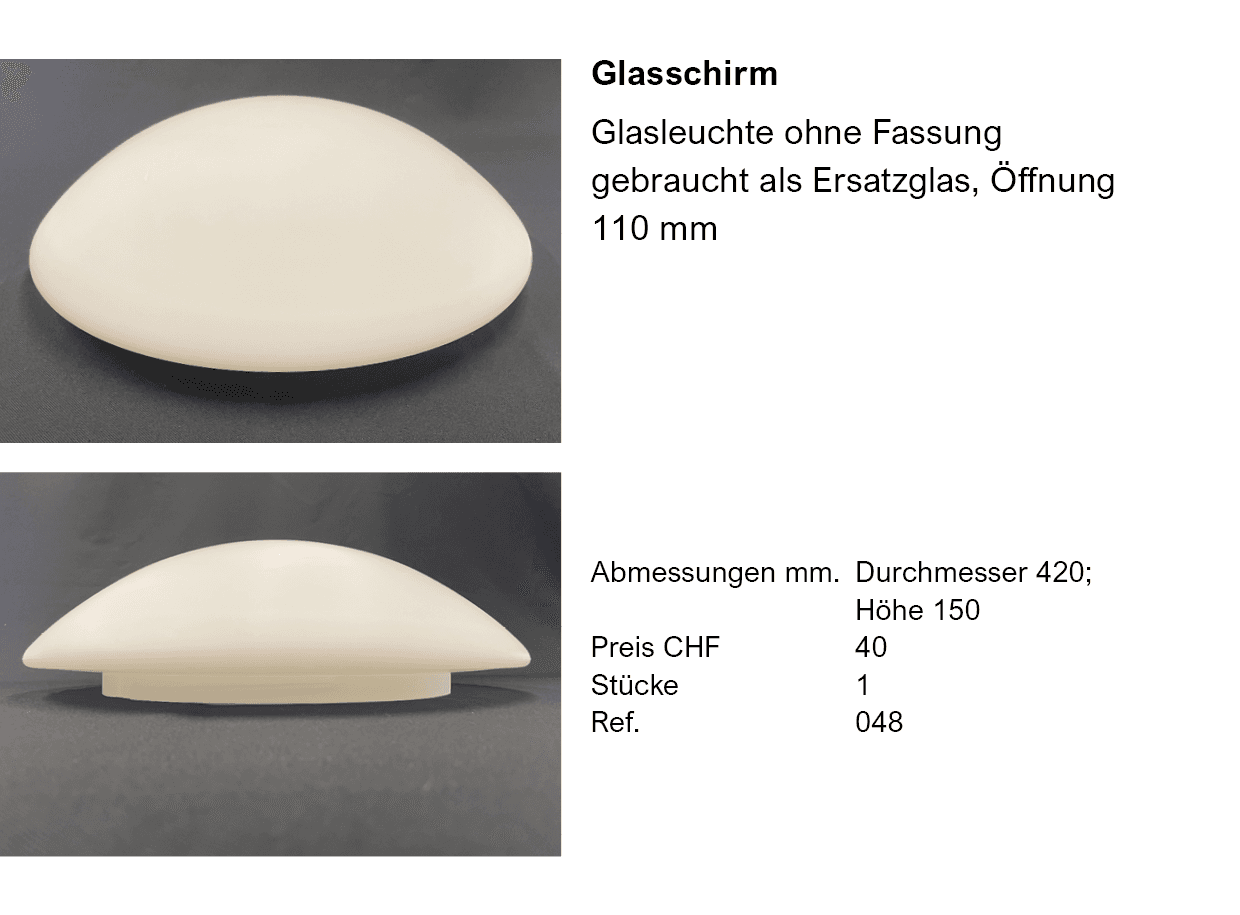
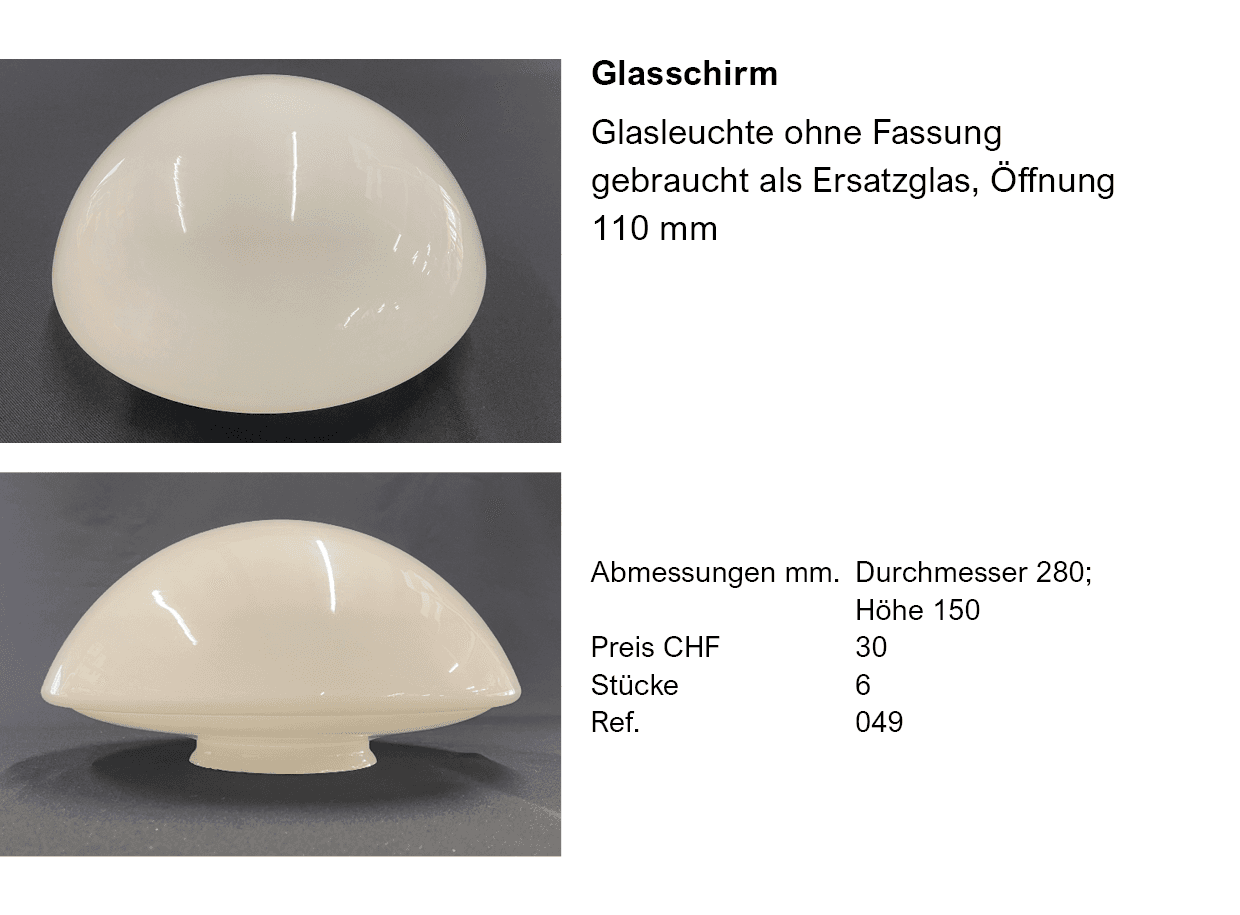
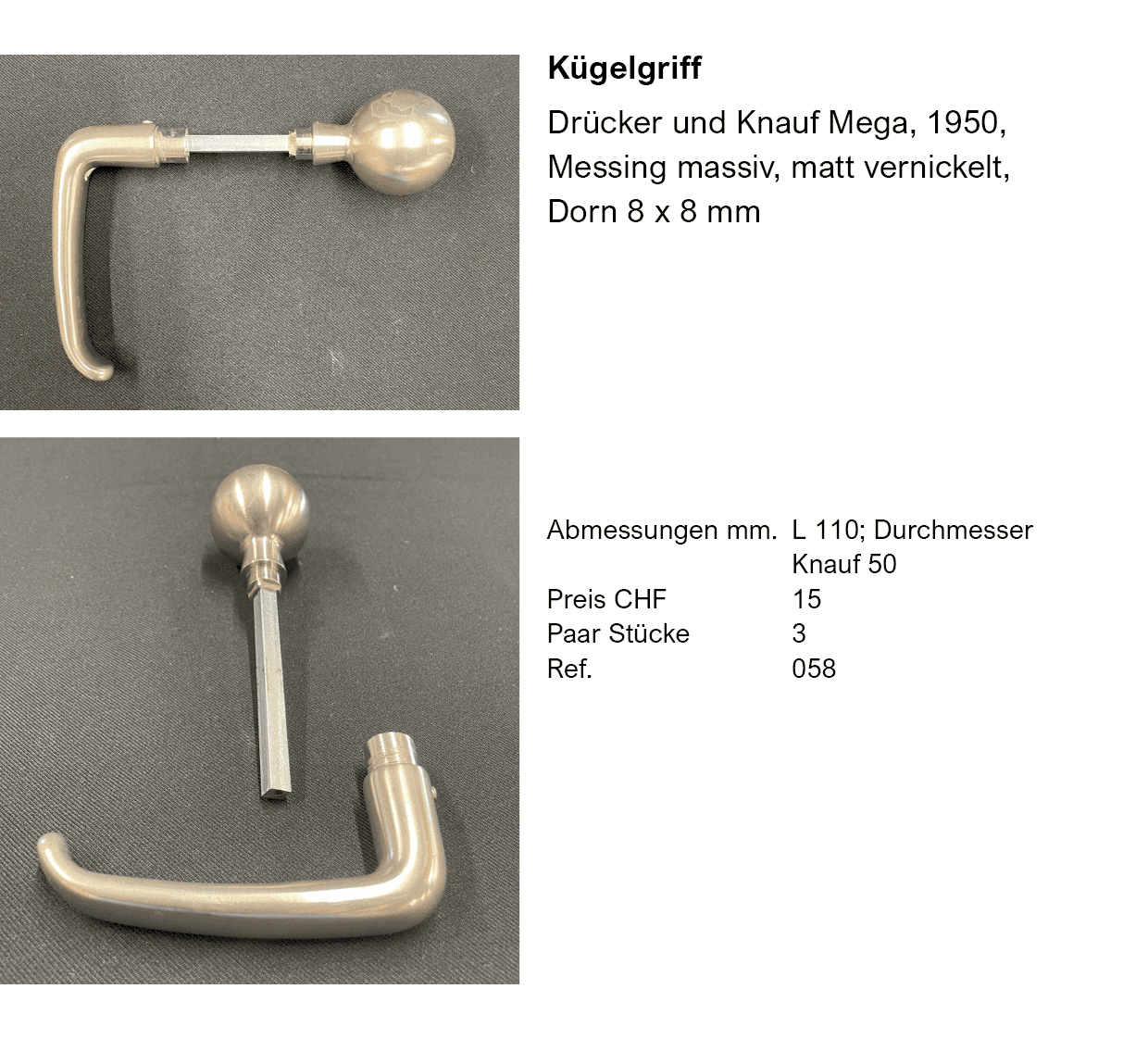
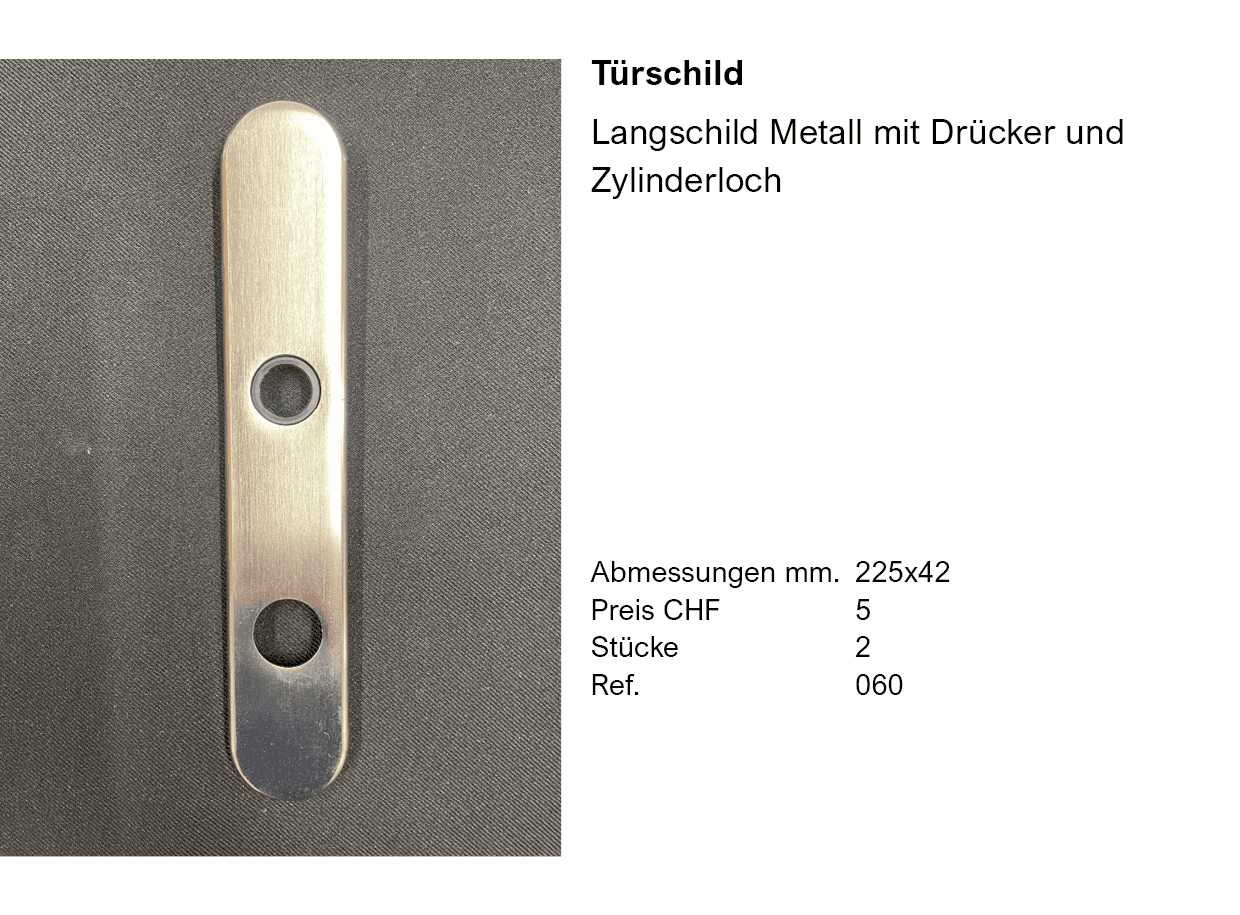


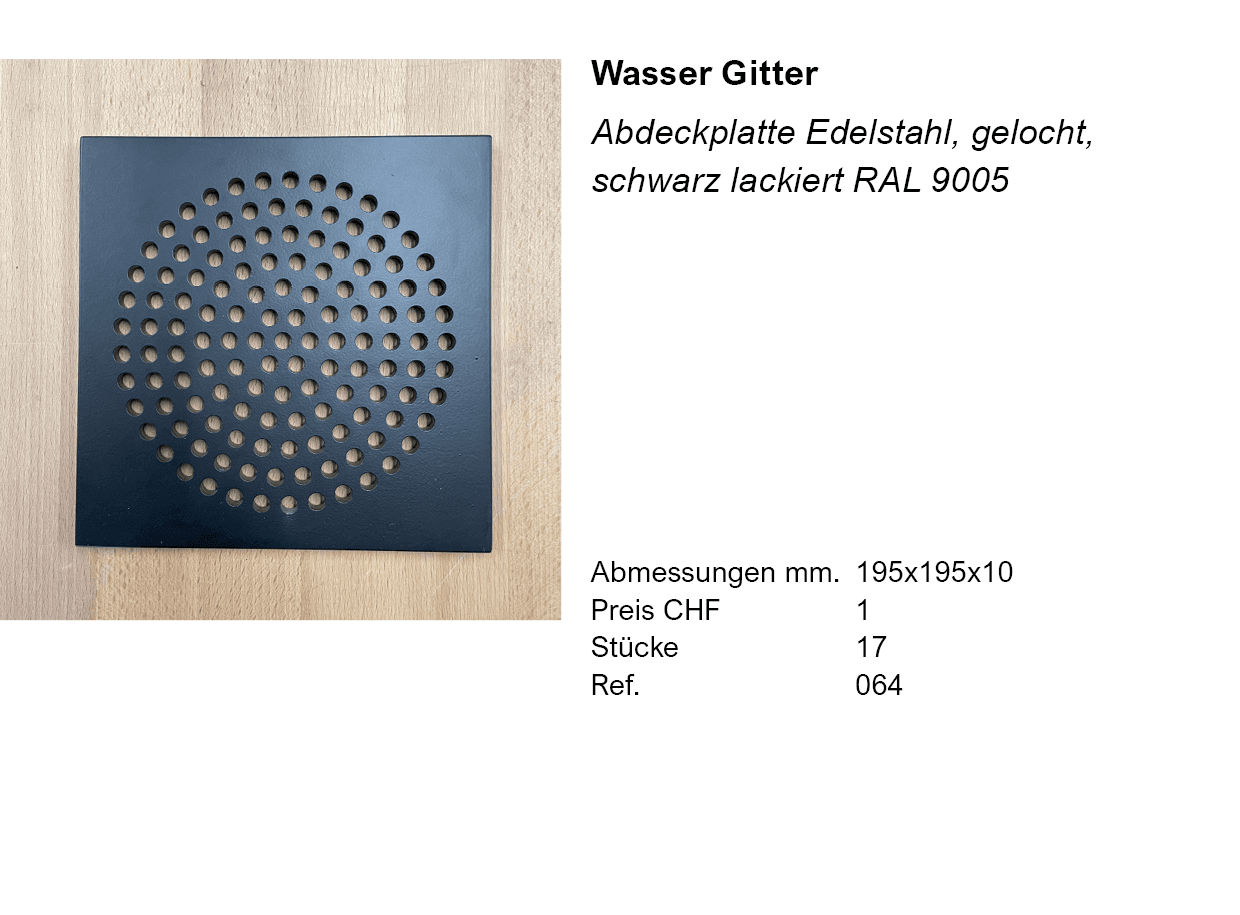


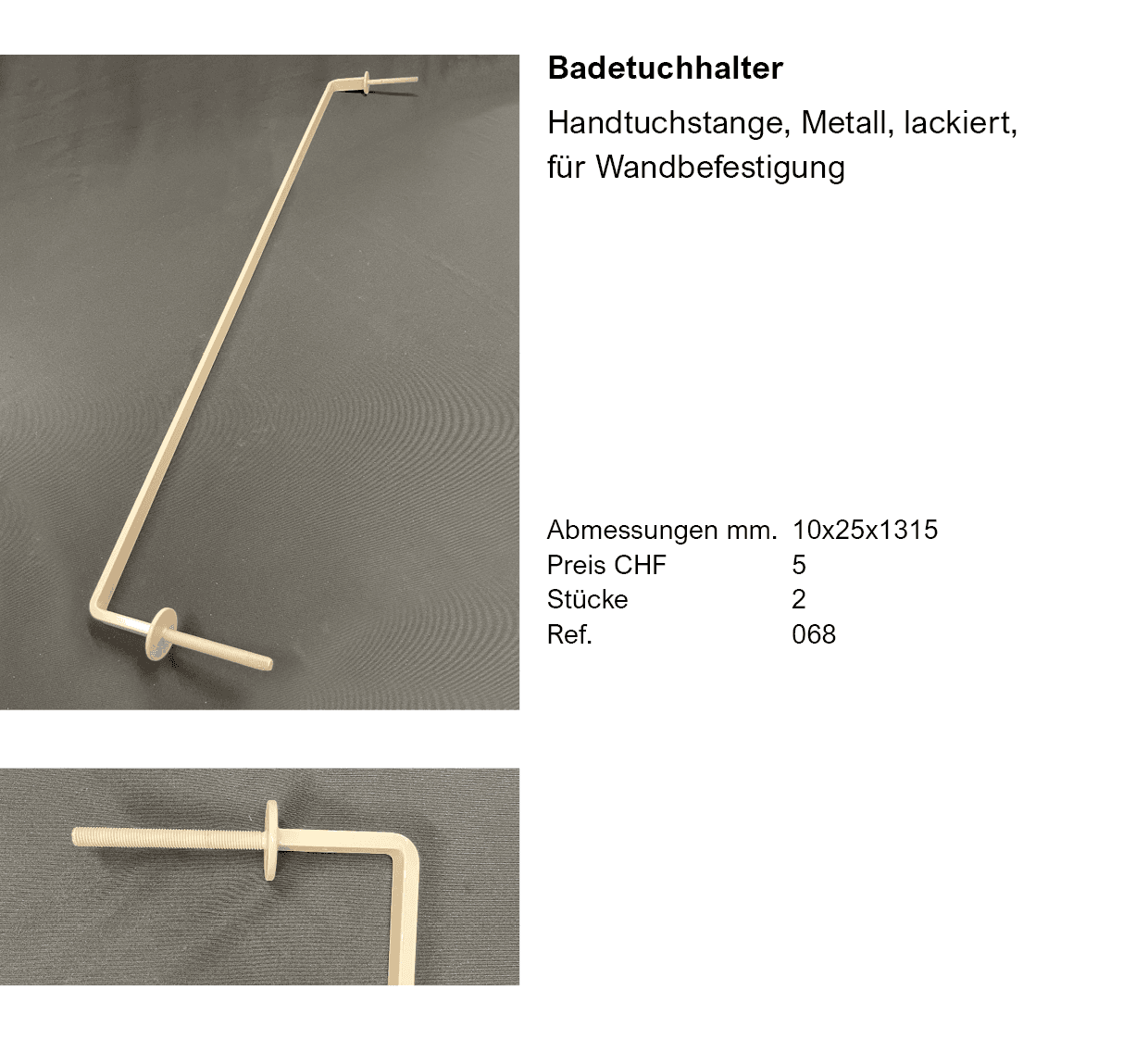
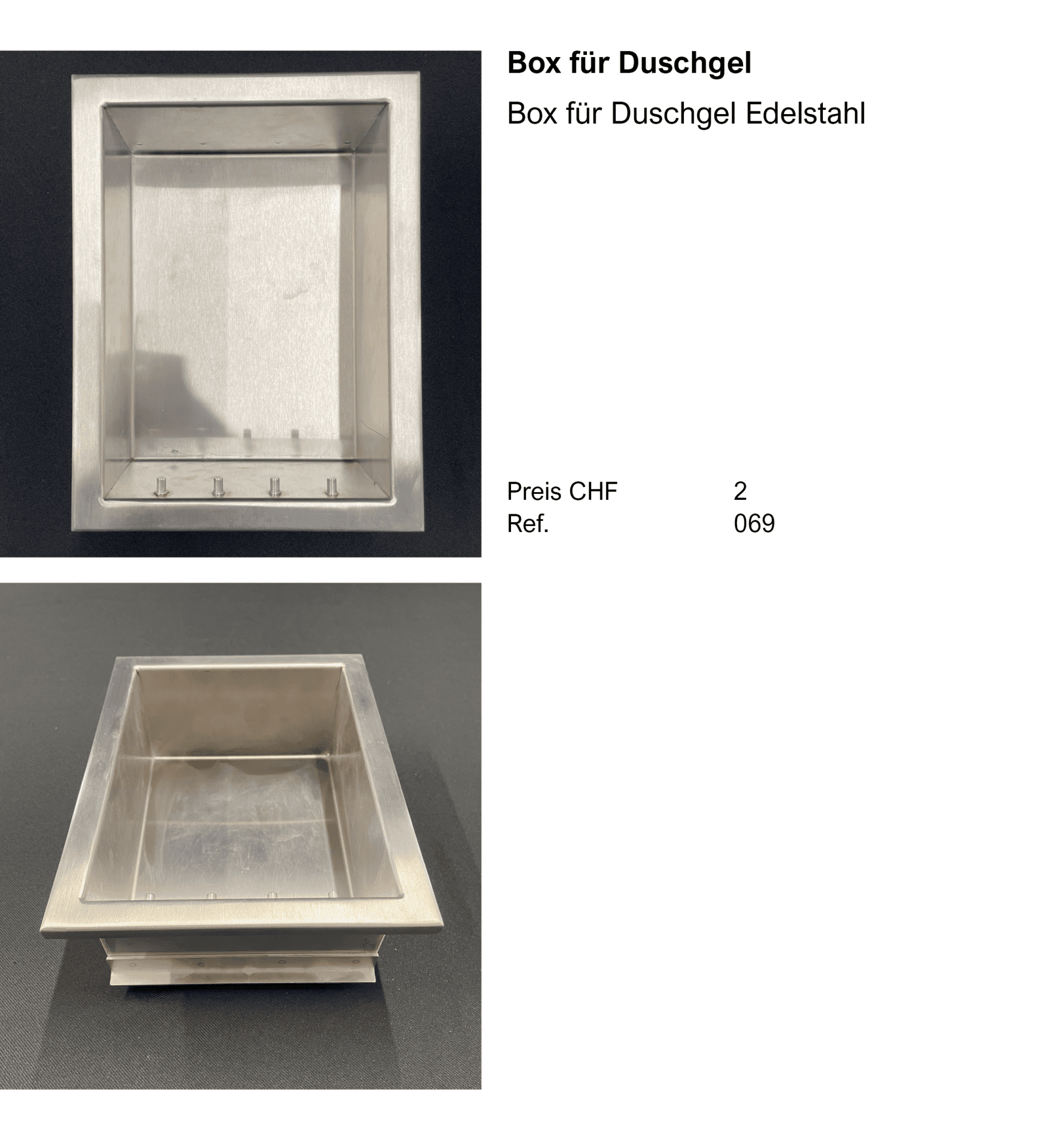
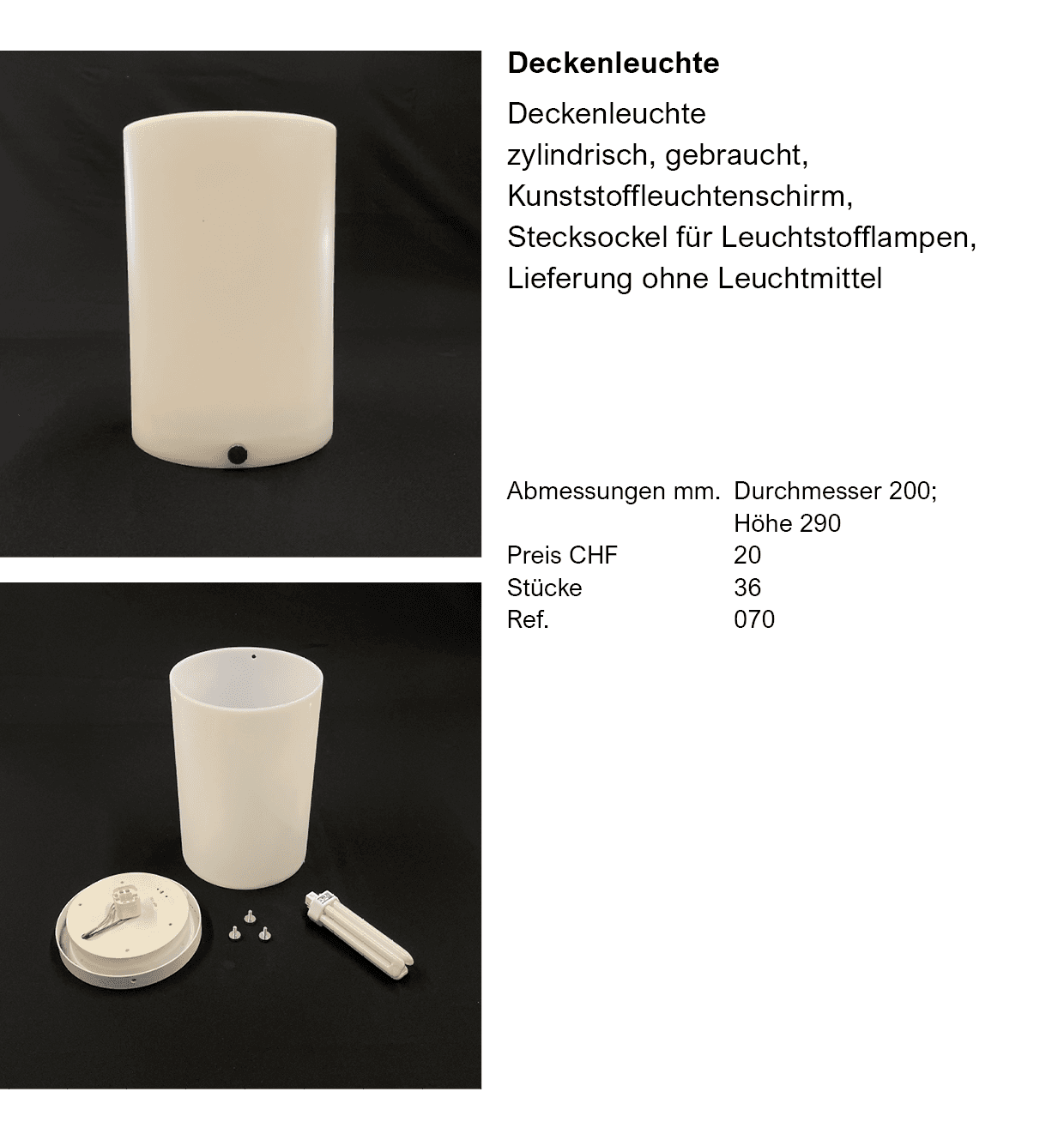





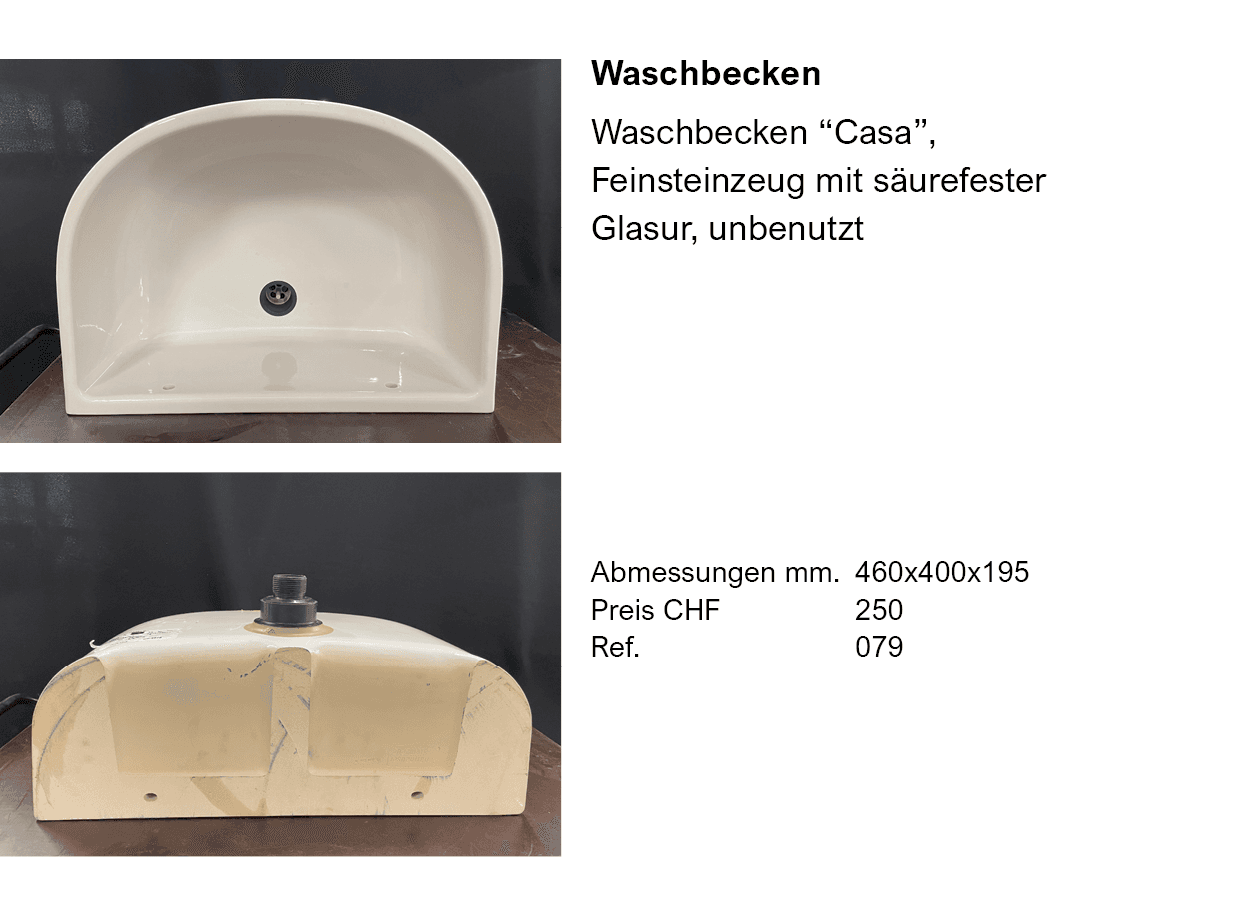

Impressum / Datenschutz
Design Webseite: Claudiabasel GmbH
Programmierung Webseite: Open Interactive
Sämtliches Material auf dieser Webseite ist Eigentum der MET Architects GmbH.
© Copyright MET Architects GmbH
Alle Rechte vorbehalten.
Datenschutzerklärung
1 Datenschutzerklärung
Die vorliegende Datenschutzerklärung klärt Sie über die Art, den Umfang und den Zweck der Erhebung und Verwendung personenbezogener Daten auf unserer Website https://met-architects.com (im Folgenden „Website“) durch die MET Architects GmbH (im Folgenden „wir“ oder „uns“) auf und gibt über die Ihnen zustehenden Rechte Auskunft. Diese Rechte richten sich nach den anwendbaren Datenschutzgesetzen.
2 Verantwortlicher für die Datenbearbeitung
Verantwortlicher für die Datenbearbeitung auf dieser Website und Ansprechpartner für Datenschutzanliegen ist:
MET Architects GmbH
Klybeckstrasse 141
4057 Basel
+41 61 561 52 00
mail@met-architects.com
3 Datenerfassung auf dieser Website
3.1 Logfiles
Unsere Website wird von cyon GmbH (www.cyon.ch) gehostet.
Zur Optimierung und Aufrechterhaltung unserer Website protokollieren wir technische Fehler, die beim Aufrufen unserer Website allenfalls auftreten. Ferner werden bei der Nutzung dieser Website automatisch Informationen erhoben, die der Browser Ihres Endgeräts an unseren Host-Provider übermittelt. Dies sind:
IP-Adresse und Betriebssystem Ihres Endgeräts,
Browsertyp, Version, Sprache
Datum und Uhrzeit der Serveranfrage,
aufgerufene Datei,
die Website, von der aus der Zugriff erfolgte (Referrer URL),
den Status-Code (z.B. 404) und
das verwendete Übertragungsprotokoll (z.B. HTTP/2).
Diese Daten werden von unserem Host-Provider erhoben und gespeichert, um Prozesse und Abläufe insbesondere in Zusammenhang mit der Nutzung unserer Website und der Sicherheit und Stabilität des Computersystems optimieren zu können.
Weitere Informationen finden Sie in der Datenschutzerklärung der cyon GmbH unter https://www.cyon.ch/legal/datenschutzerklaerung.
Sofern die DSGVO anwendbar ist, sind Grundlage für diese Datenbearbeitung Art. 6 Abs. 1 lit. f DSGVO.
3.2 Cookies
Wir setzen auf unserer Website Cookies ein. Cookies sind kleine Dateien, die auf Ihrem Endgerät abgelegt werden und die Ihr Browser speichert. Einige der von uns verwendeten Cookies werden automatisch gelöscht, wenn Sie unsere Website verlassen. Andere Cookies bleiben auf Ihrem Endgerät gespeichert, bis Sie diese löschen oder bis sie ablaufen. Diese Cookies ermöglichen es, Ihren Browser beim nächsten Besuch unserer Website wiederzuerkennen.
In Ihrem Browser können Sie einstellen, dass Sie über das Setzen von Cookies vorab informiert werden und im Einzelfall entscheiden können, ob Sie die Annahme von Cookies für bestimmte Fälle oder generell ausschliessen, oder dass Cookies komplett verhindert werden. Dadurch kann die Funktionalität der Website eingeschränkt werden.
Cookies, die für den elektronischen Kommunikationsvorgang oder von Ihnen gewünschte Funktionen erforderlich sind oder Ihr Benutzererlebnis optimieren, werden – sofern die DSGVO anwendbar ist – auf Grundlage von Art. 6 Abs. 1 lit. f DSGVO gespeichert.
4 Externe Dienste
Auf unserer Website setzen wir verschiedene Dienste von Drittanbietern ein. Nachfolgend legen wir im Einzelnen dar, um welche Dienste es sich handelt, wofür wir sie einsetzen und welche Daten gesammelt werden.
Die Einbindung externer Dienste kann gemäss der aktuellen europäischen Rechtsprechung heikel sein. Die Weitergabe von Personendaten an externe Anbieter (Beispiel: Analytics, Werbung, CDN, Fonts, Videos usw.) sollte im Einzelfall analysiert werden.
5 Links
Auf unserer Website finden Sie Links auf Seiten von Drittanbietern. Wir sind nicht verantwortlich für die Inhalte und Datenschutzvorkehrungen auf externen Websites, welche Sie über die Links erreichen können. Bitte informieren Sie sich über den Datenschutz direkt auf den entsprechenden Websites.
6 Weitergabe von Daten an Dritte
Damit wir Ihnen die Informationen auf unserer Website anbieten können, arbeiten wir mit verschiedenen Dienstleistern zusammen, namentlich mit IT-Dienstleistern, um Ihnen eine zeitgemässe Website anbieten zu können. Diese verwenden Ihre Daten nur im Rahmen der Auftragsabwicklungen für uns.
Mit Ausnahme der Bestimmungen in Ziffer 3.4 dieser Datenschutzerklärung, nehmen wir eine Datenübermittlung an Stellen ausserhalb der Schweiz und der Europäischen Union (Drittstaat) ohne Ihre Einwilligung nur vor, sofern dies nach dem jeweiligen Vertrag erforderlich ist, zur Erfüllung gesetzlicher Verpflichtungen oder zur Wahrung unserer berechtigten Interessen.
7 Ihre Rechte
Soweit von dem auf Sie anwendbaren Datenschutzrecht vorgesehen, können Sie unentgeltlich Auskunft über die auf Sie bezogenen gespeicherten Daten, deren Herkunft und Empfänger und den Zweck der Datenbearbeitung verlangen. Ebenso steht Ihnen unter den gesetzlichen Voraussetzungen ein Recht auf Berichtigung, Löschung, Einschränkung der oder Widerspruch gegen die Bearbeitung sowie, sofern die DSGVO zur Anwendung gelangt, auf Herausgabe dieser Daten zur Übertragung an eine andere Stelle zu.
Eine von Ihnen erteilte Einwilligung können Sie mit Wirkung für die Zukunft jederzeit widerrufen. Dazu reicht eine formlose Mitteilung per E-Mail an uns.
Bitte beachten Sie, dass die vorstehenden Rechte gesetzlichen Einschränkungen unterstehen und ggf. die Erbringung unserer Dienstleistungen beeinträchtigen oder verunmöglichen können.
Sie sind berechtigt, Ihre Ansprüche gerichtlich durchzusetzen oder eine Beschwerde bei der zuständigen Datenschutzbehörde einzureichen. Für die Schweiz ist der Eidgenössische Datenschutz- und Öffentlichkeitsbeauftragte zuständig (http://www.edoeb.admin.ch).
8 Aktualität und Änderung dieser Datenschutzerklärung
Wir können diese Datenschutzerklärung jederzeit ändern oder anpassen. Die aktuelle Datenschutzerklärung kann auf https://met-architects.com abgerufen werden.







